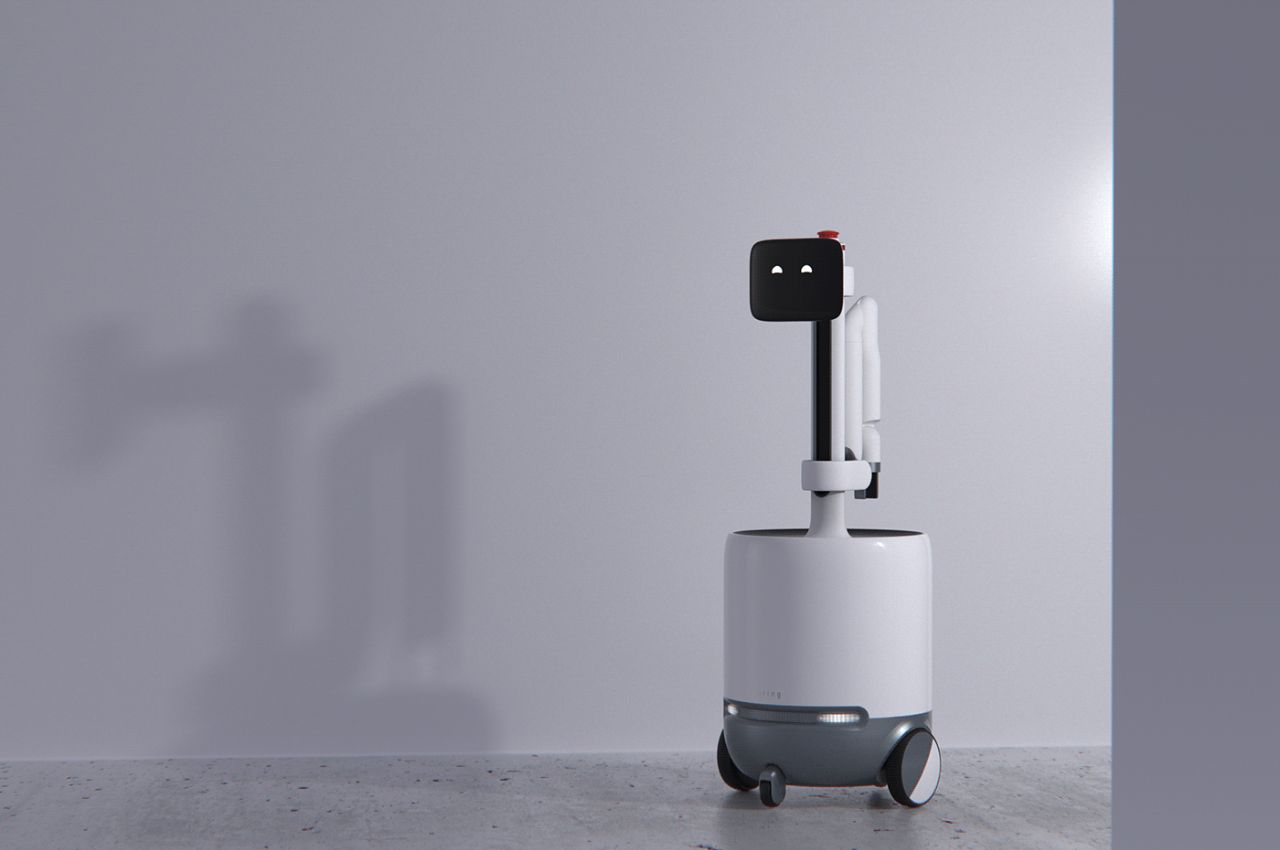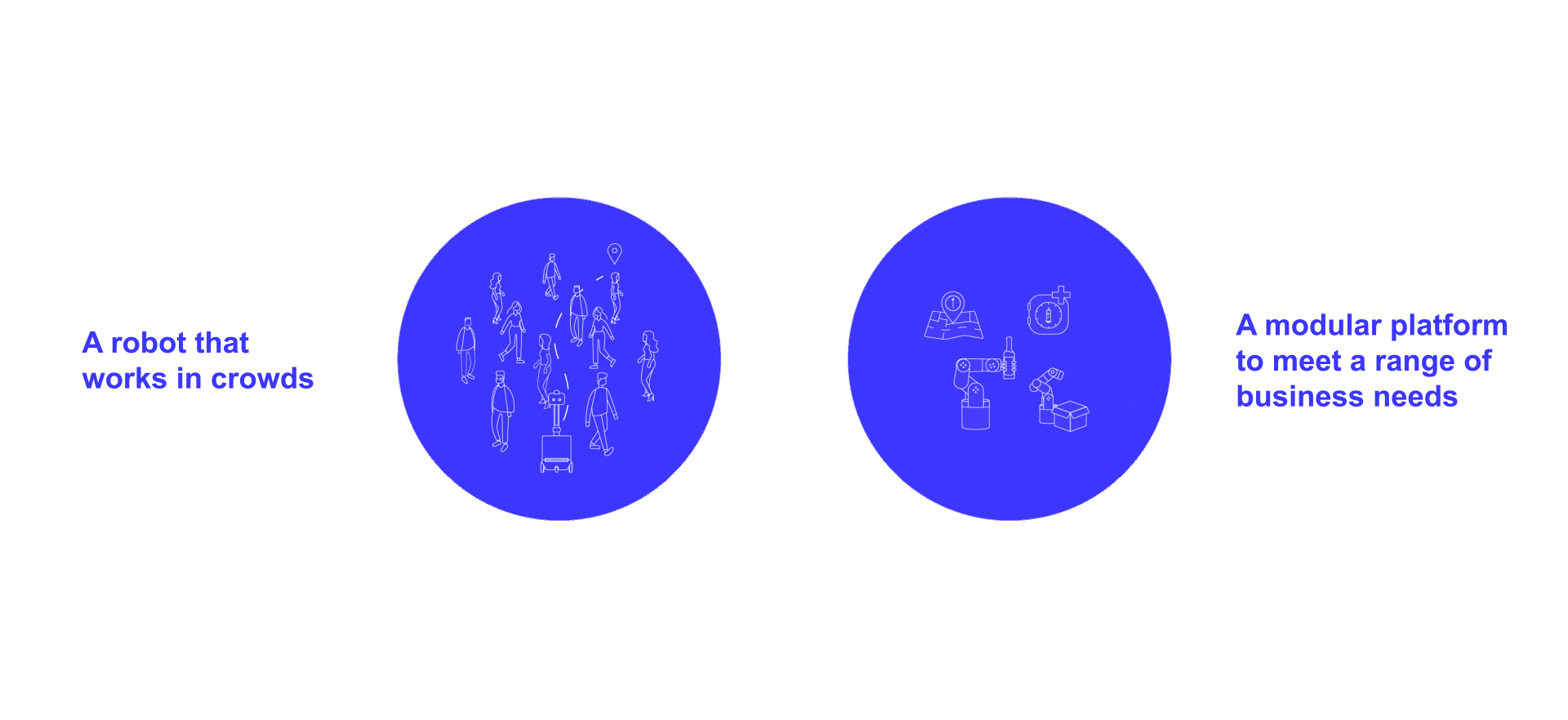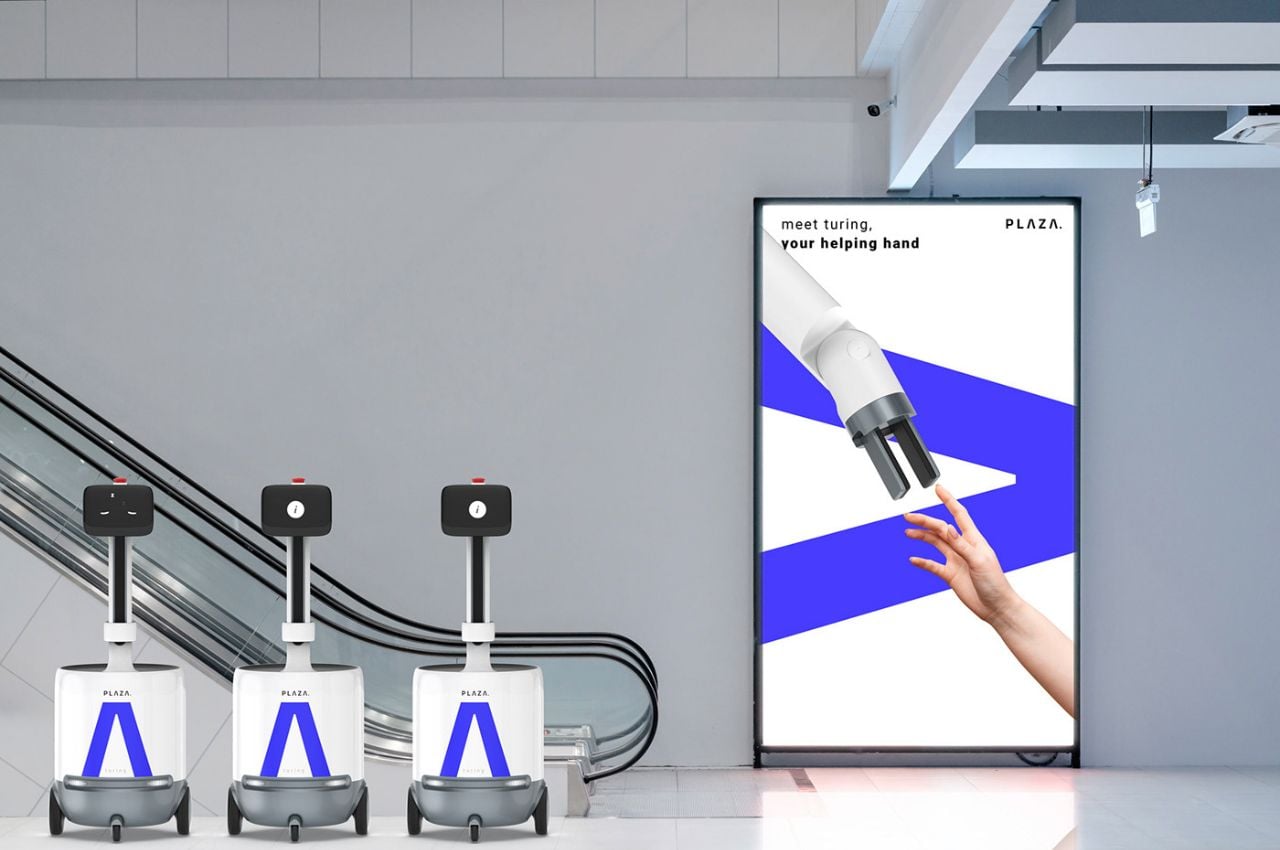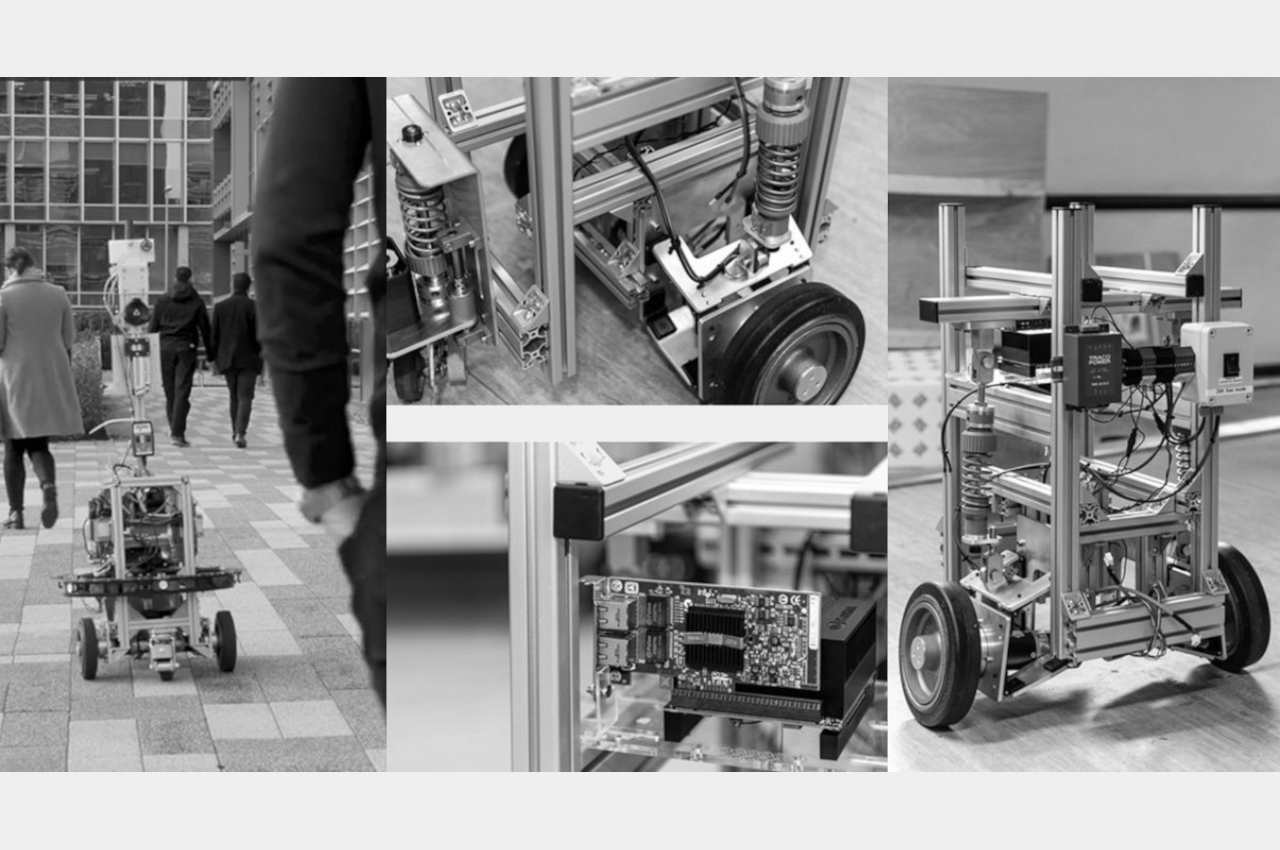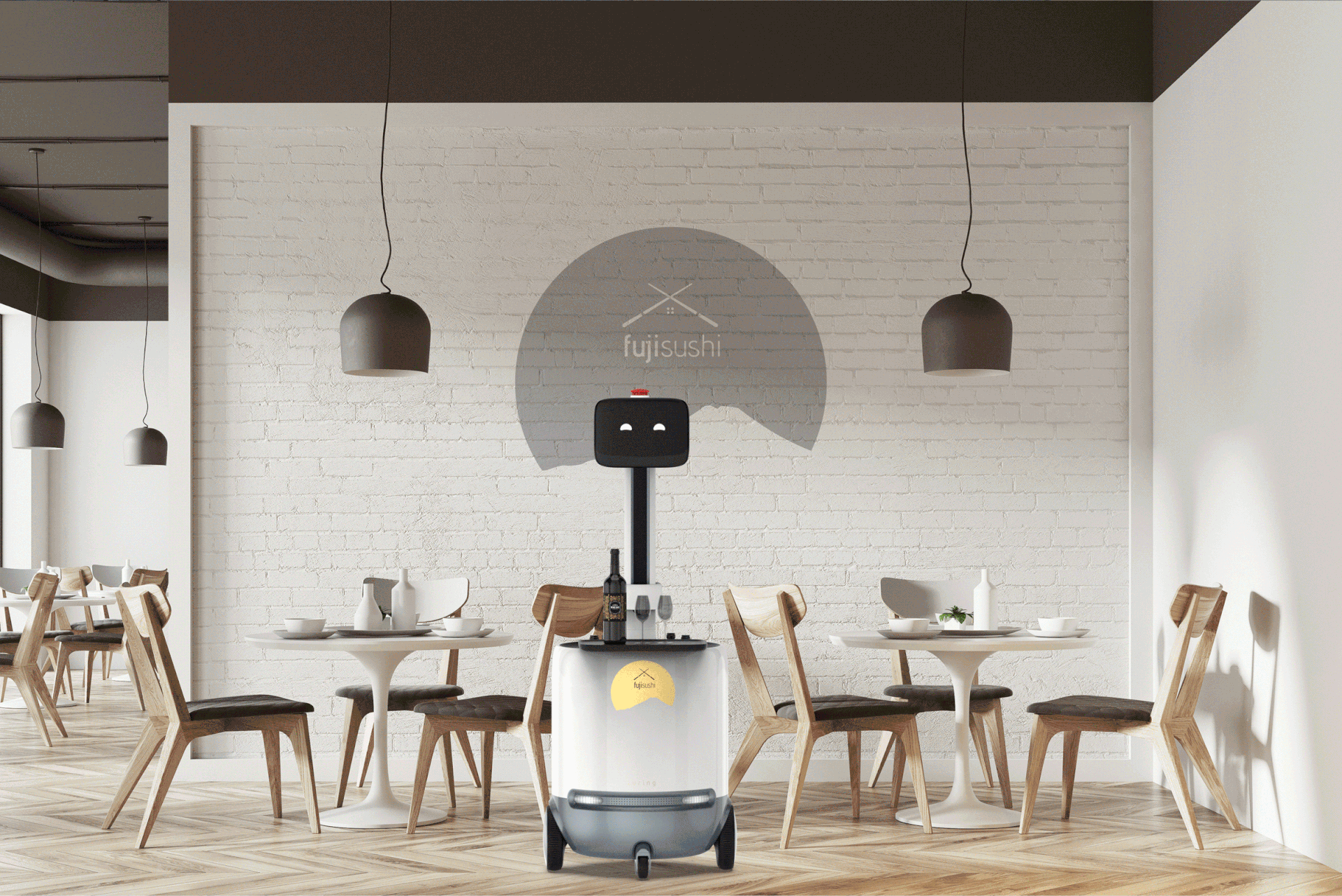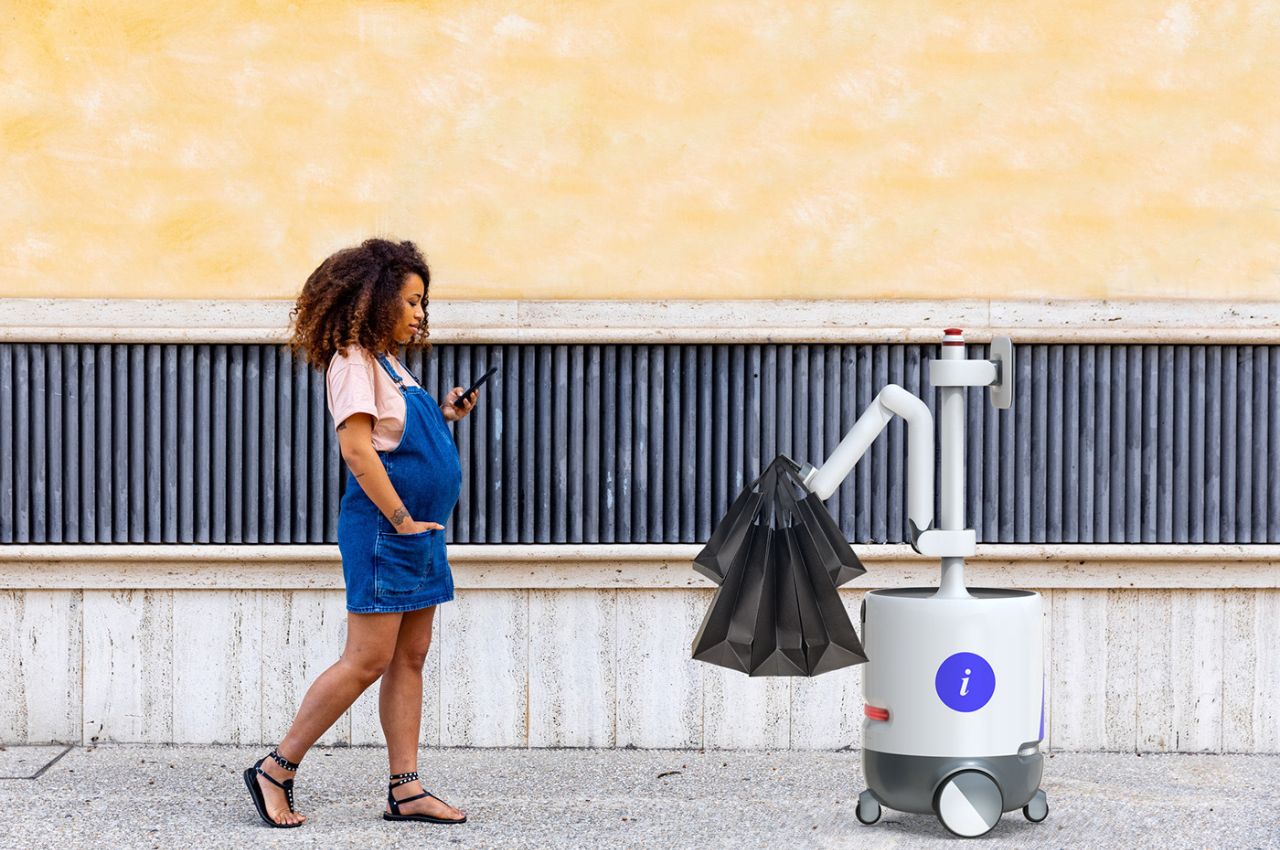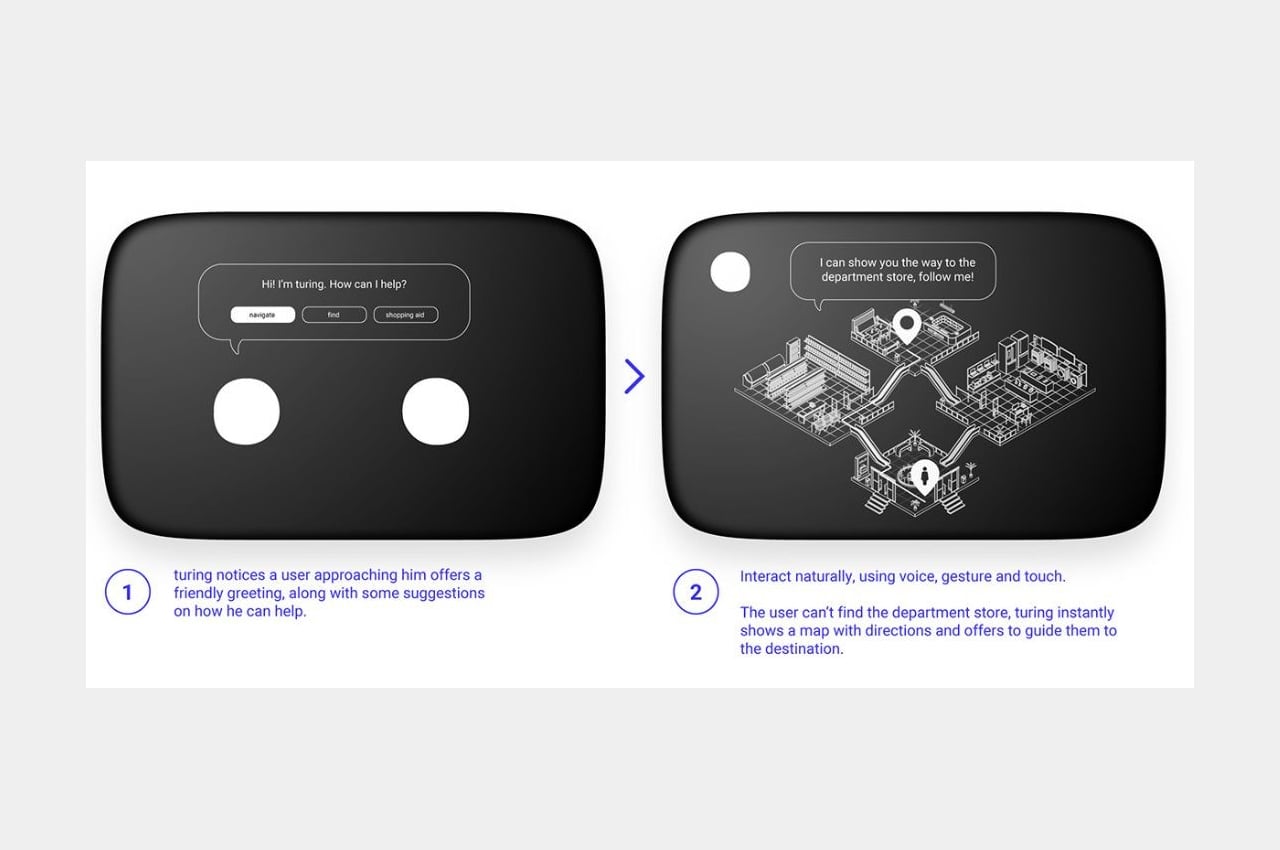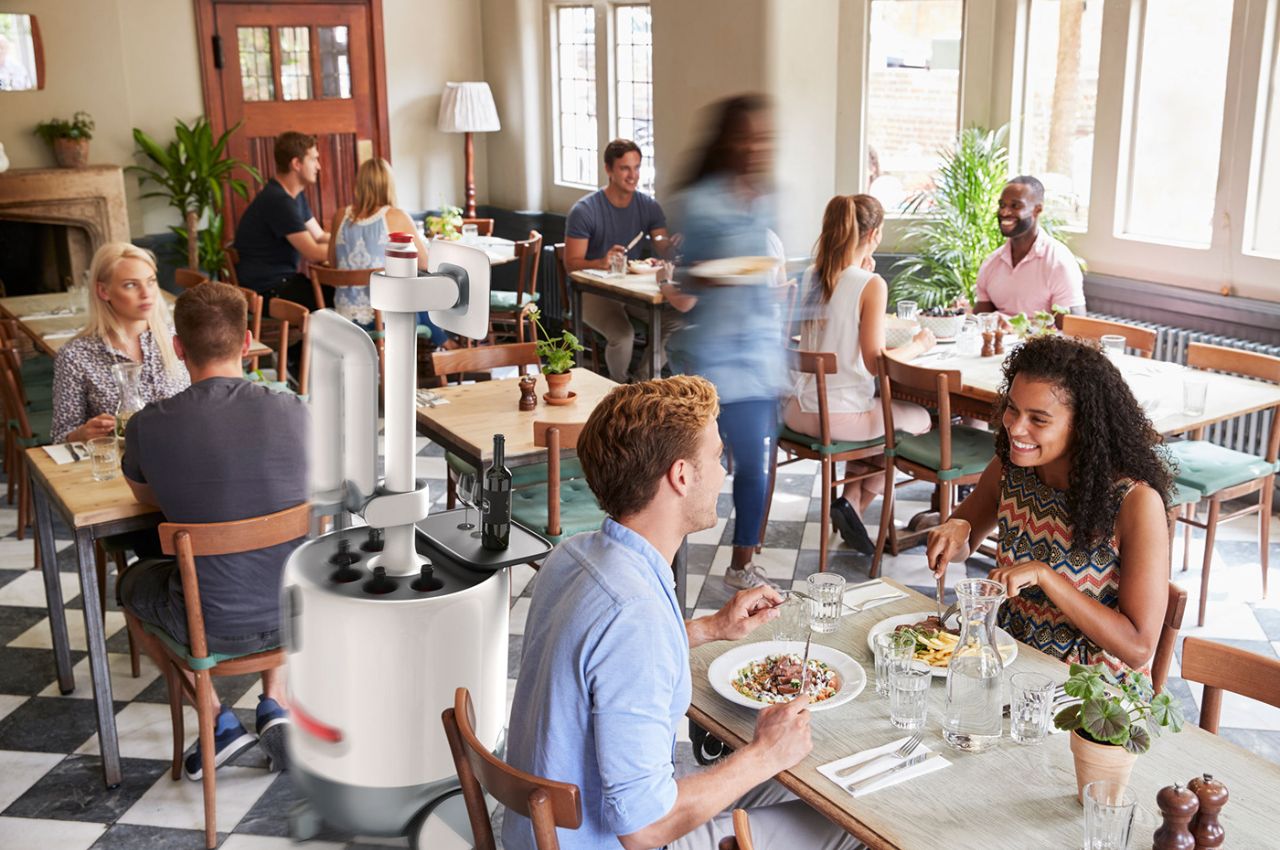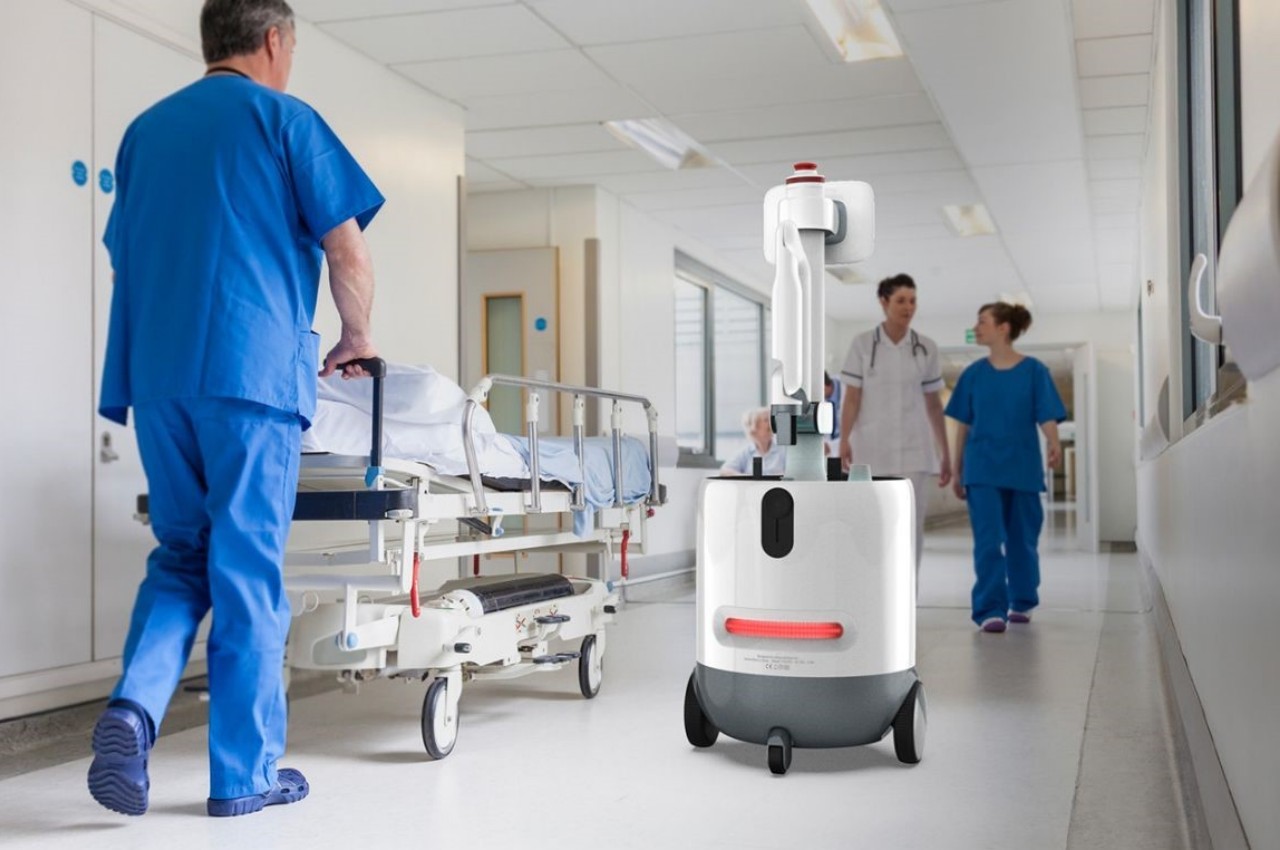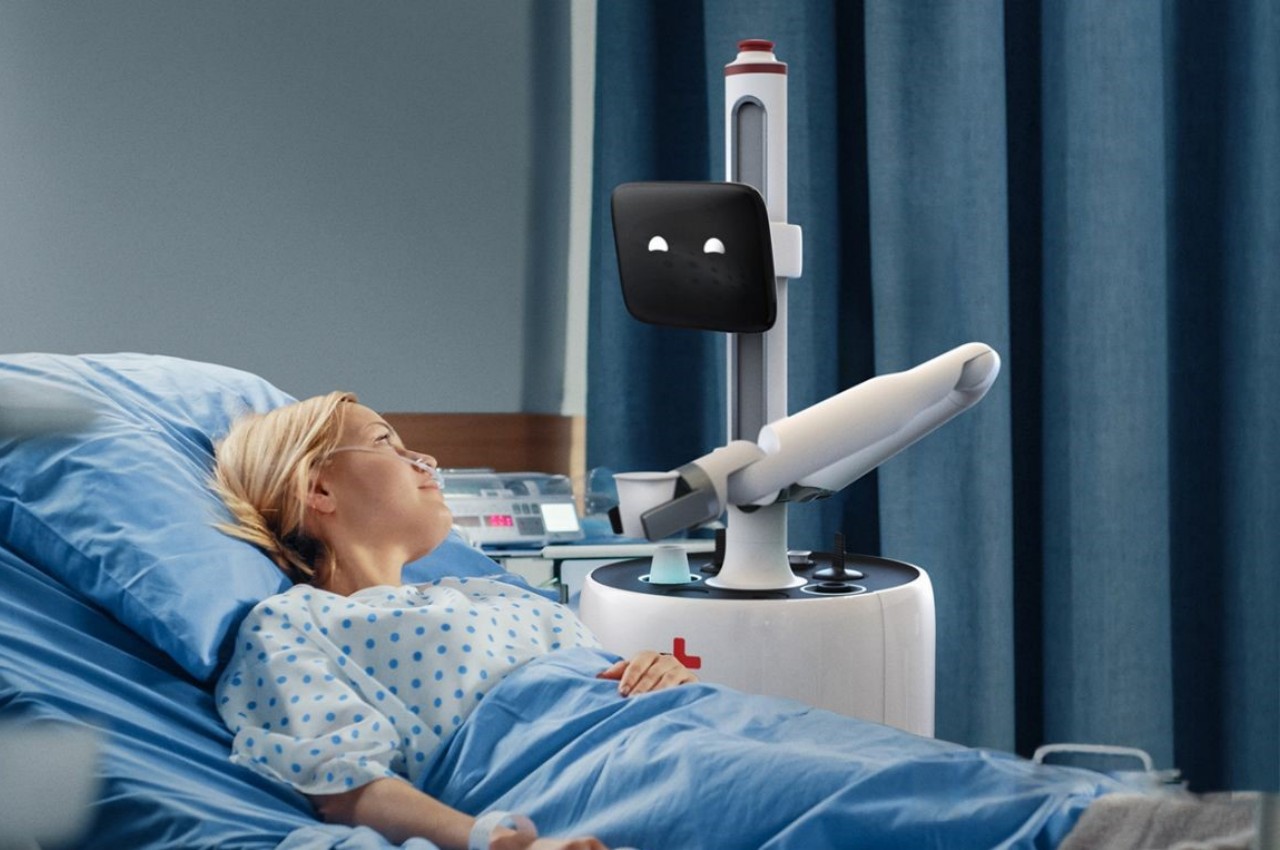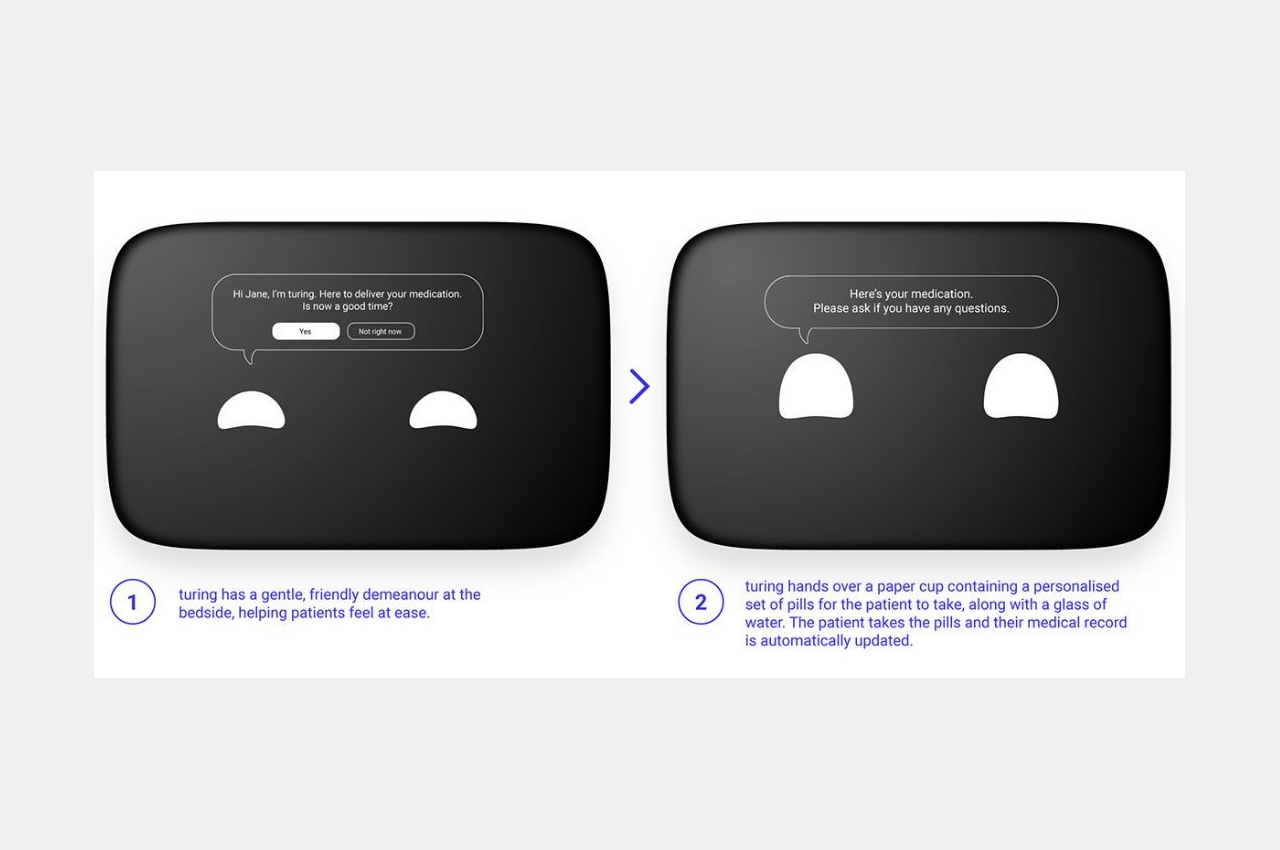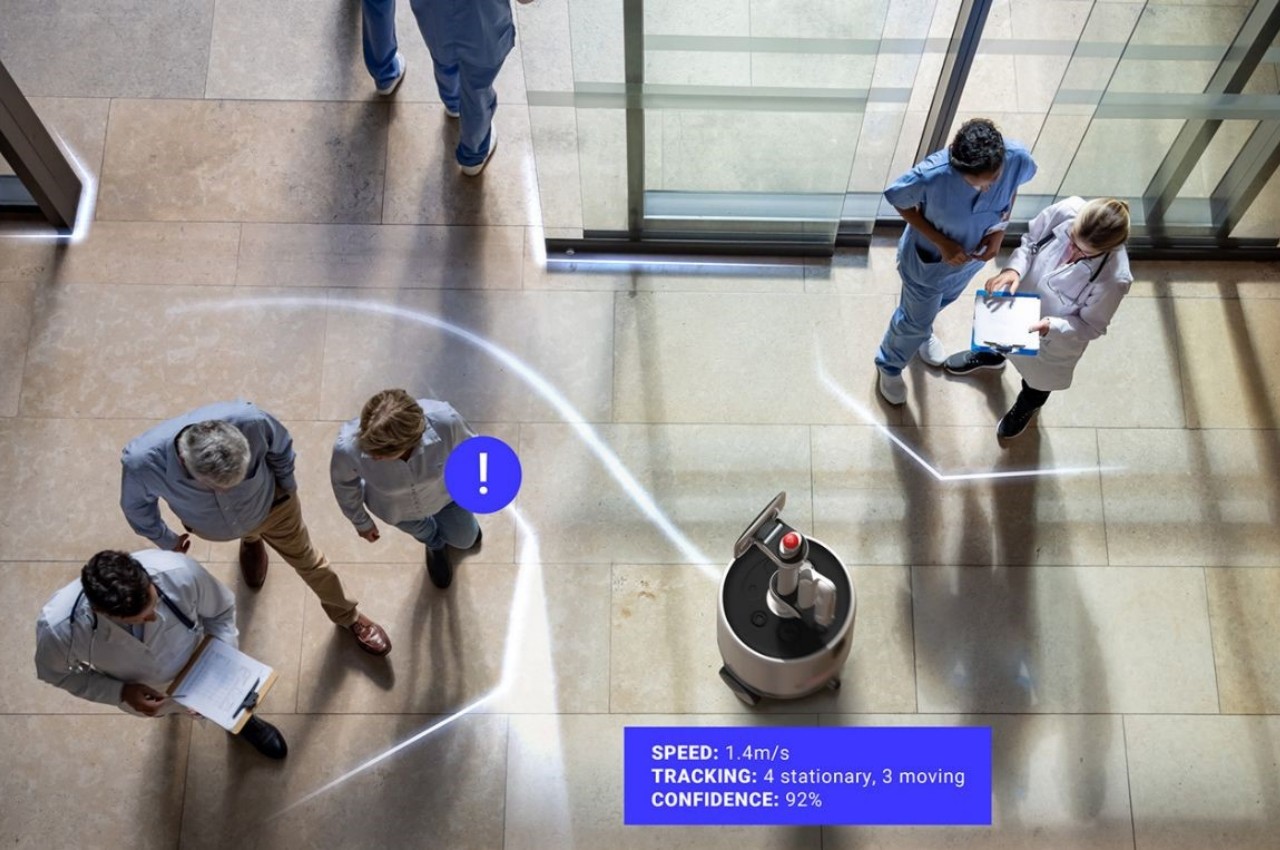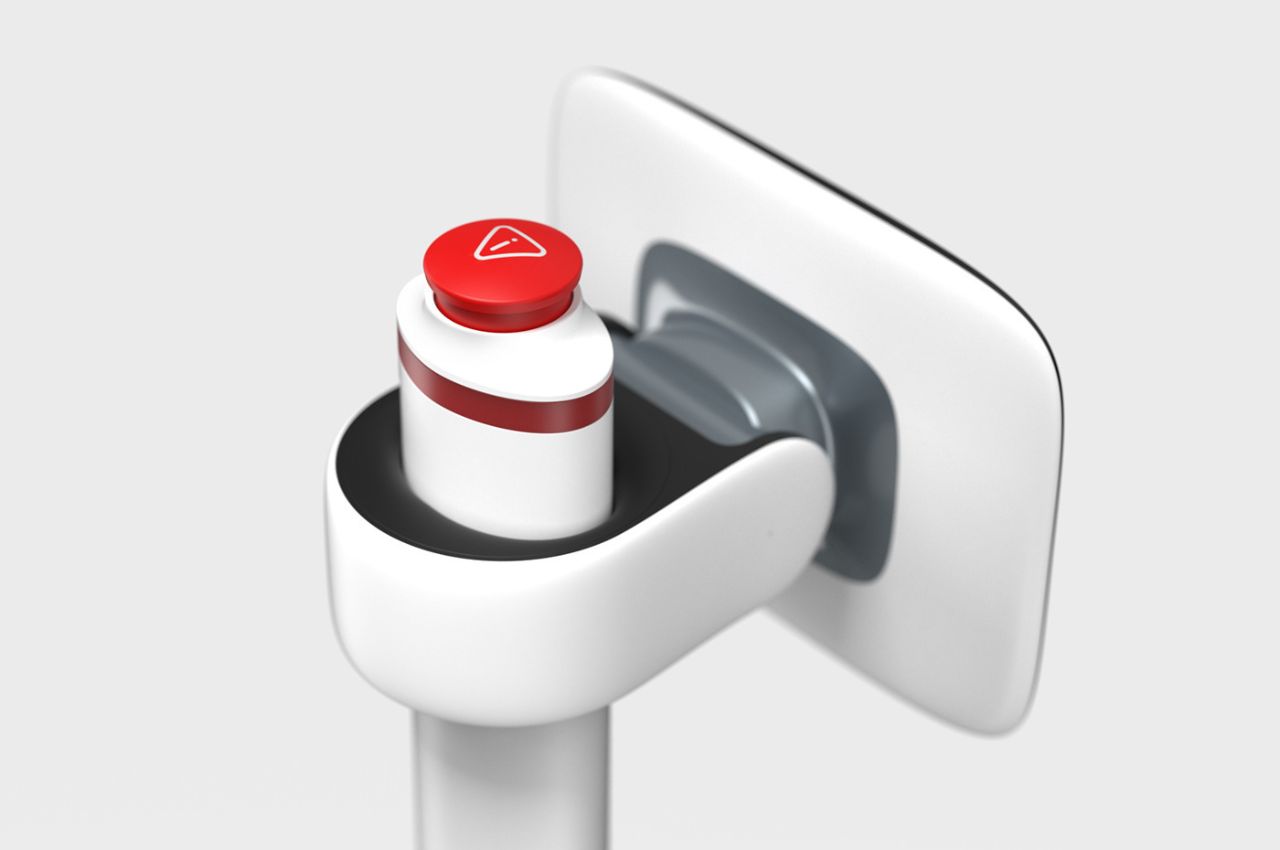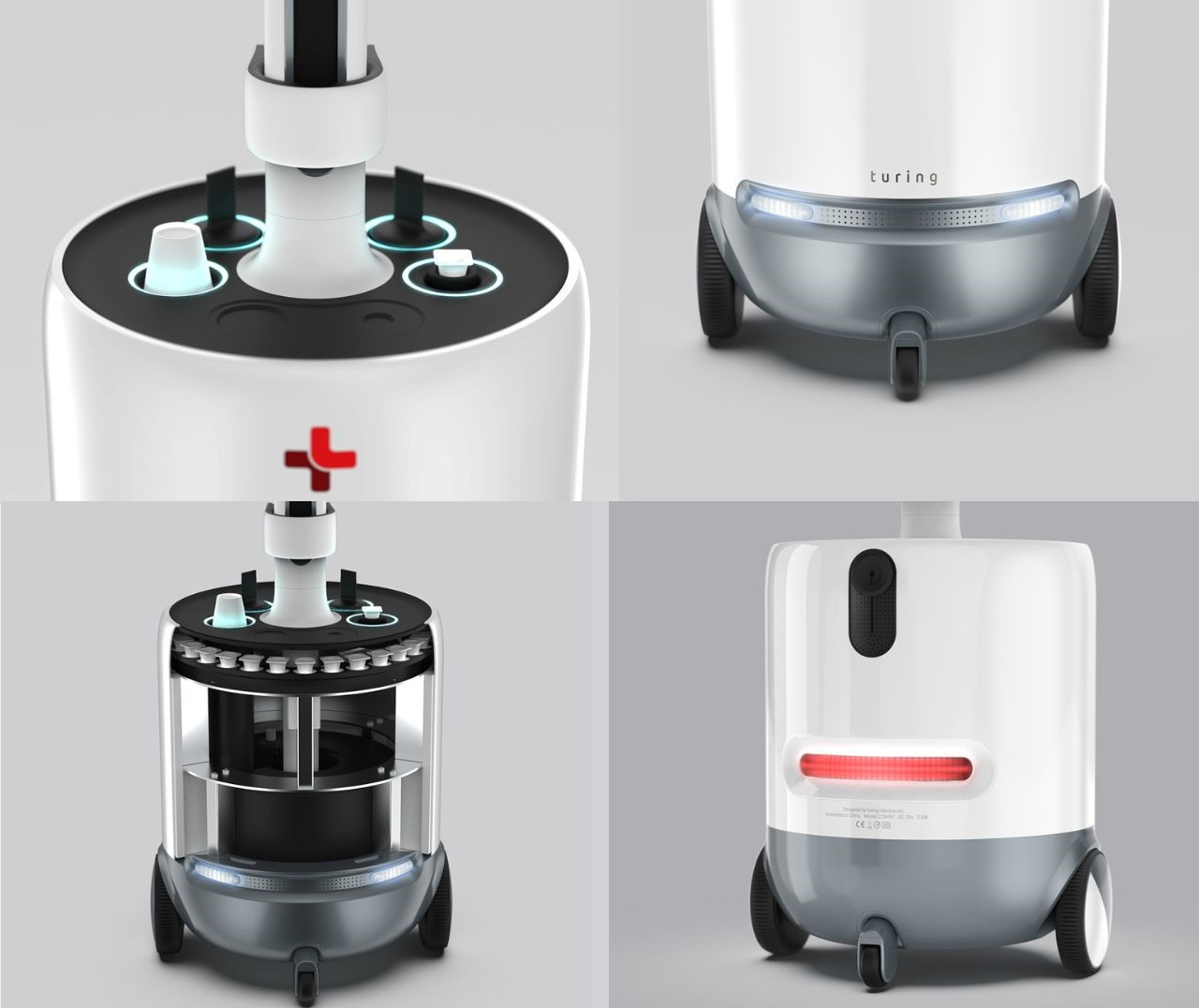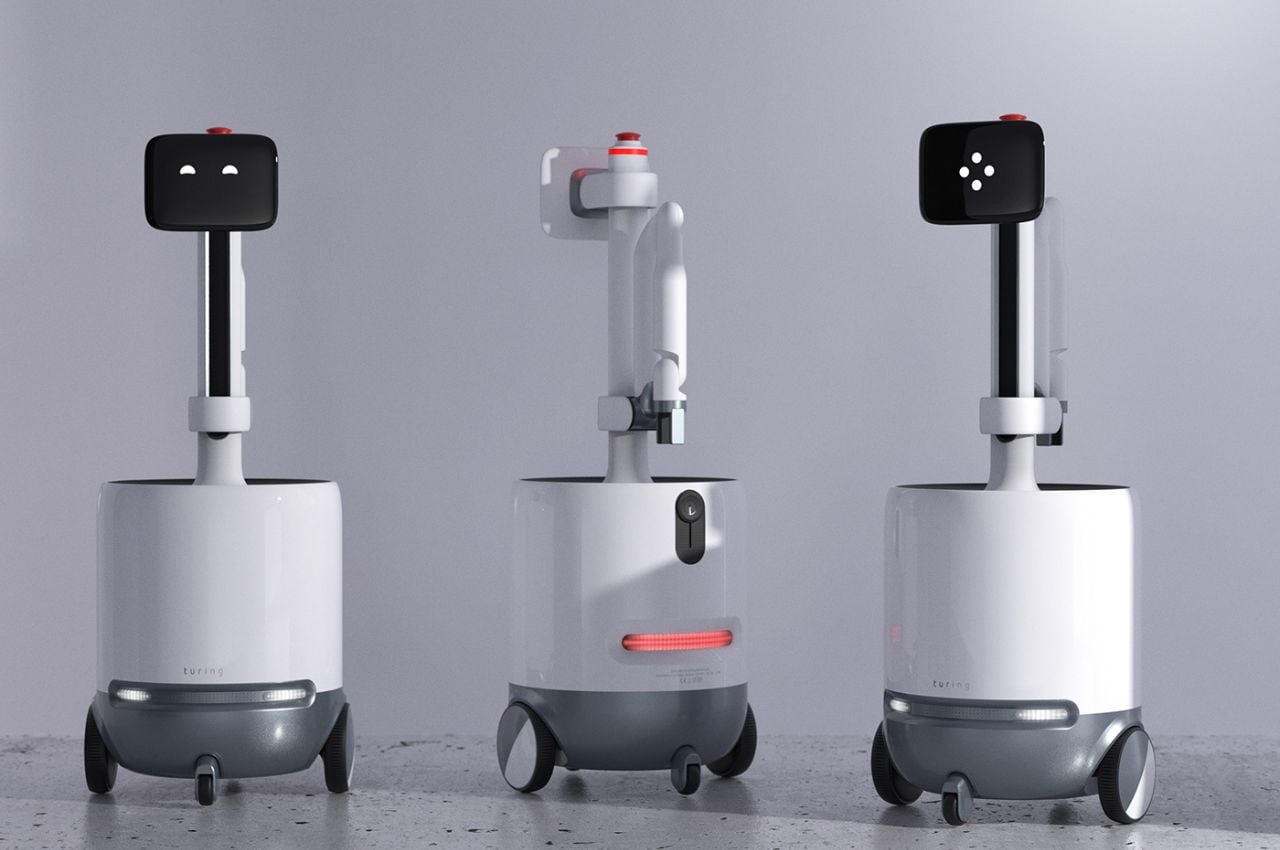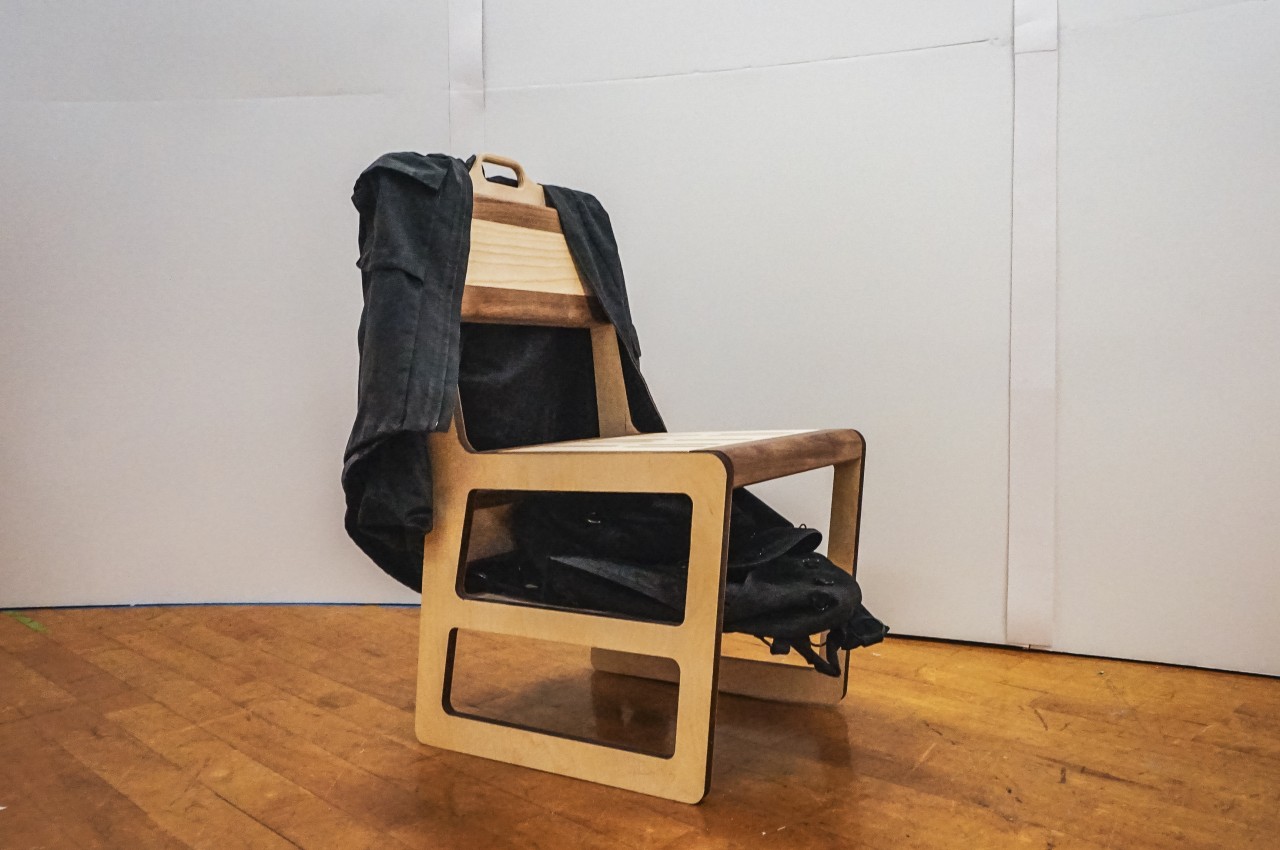
The way we eat outside has been changing over the past years, and fine dining and fast food are no longer the only choices available. In many parts of the world, “fast-casual” has become a popular option that combines the speed and price of fast food establishments with the quality of full-service bistros. Despite being a category in its own right, the furniture used in fast-casual restaurants doesn’t actually take into account the specific needs of this class of customers and is instead meant for either fast-food chains or full-service establishments. This chair design concept tries to break the mold by introducing a piece of furniture that caters specifically to fast-casual customers who need to hang their coats or keep their bags but can never find such a place with regular restaurant chairs.
Designer: Zhiyuan (Frank) Fang

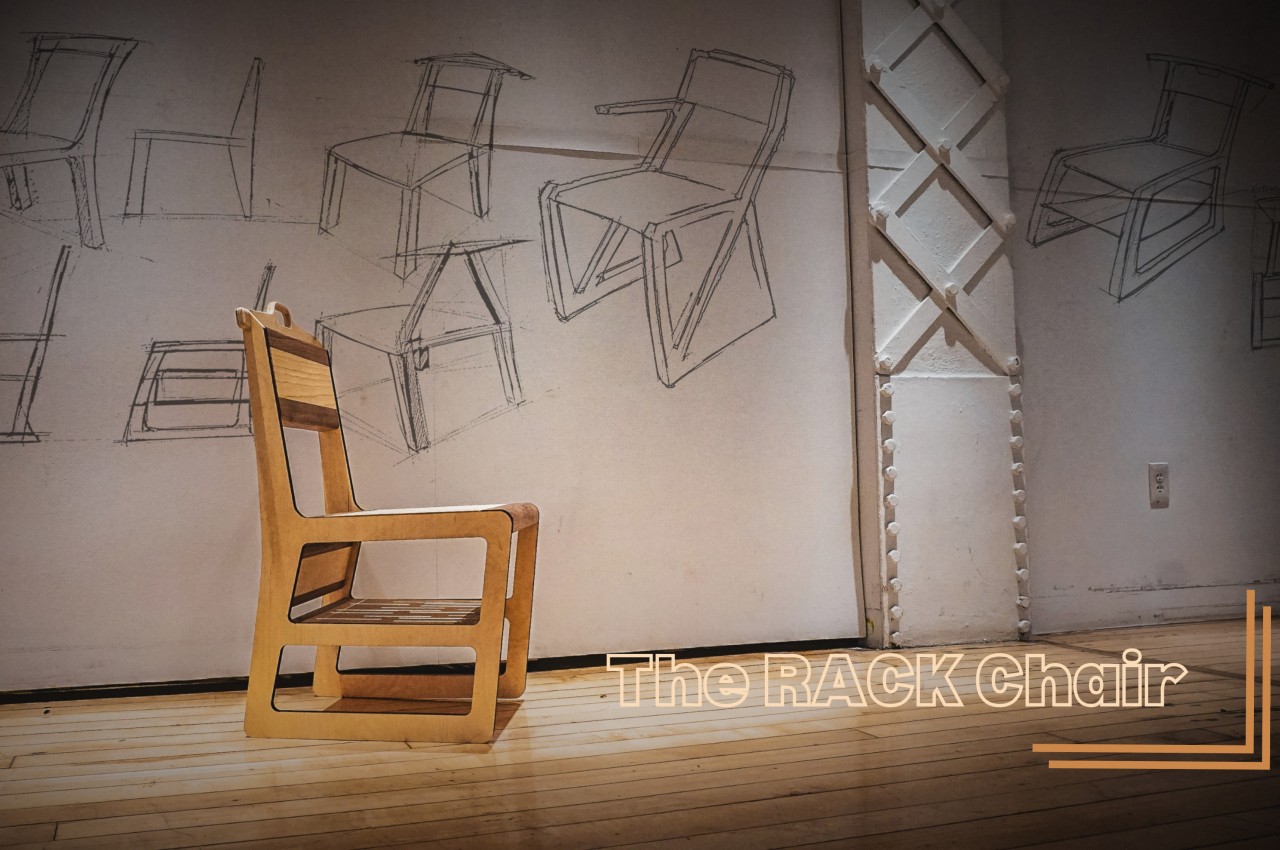
Fast-food restaurant chairs are often made from plastic, designed to be cheap, easy to move around, and often uninspiring. Customers here are often in a hurry, anyway, so they don’t care so much for the things they’re carrying, presuming they’re even carrying some. Fine dining chairs, in sharp contrast, are elegant and a little more expensive in order to match the restaurant’s ambiance. They, too, don’t have convenient features for keeping your things, because restaurants often have available storage for those near the table or by the entrance. That leaves fast-casual diners to fend for their own most of the time, often resulting in awkward displays of jackets or even forgotten bags or purses.
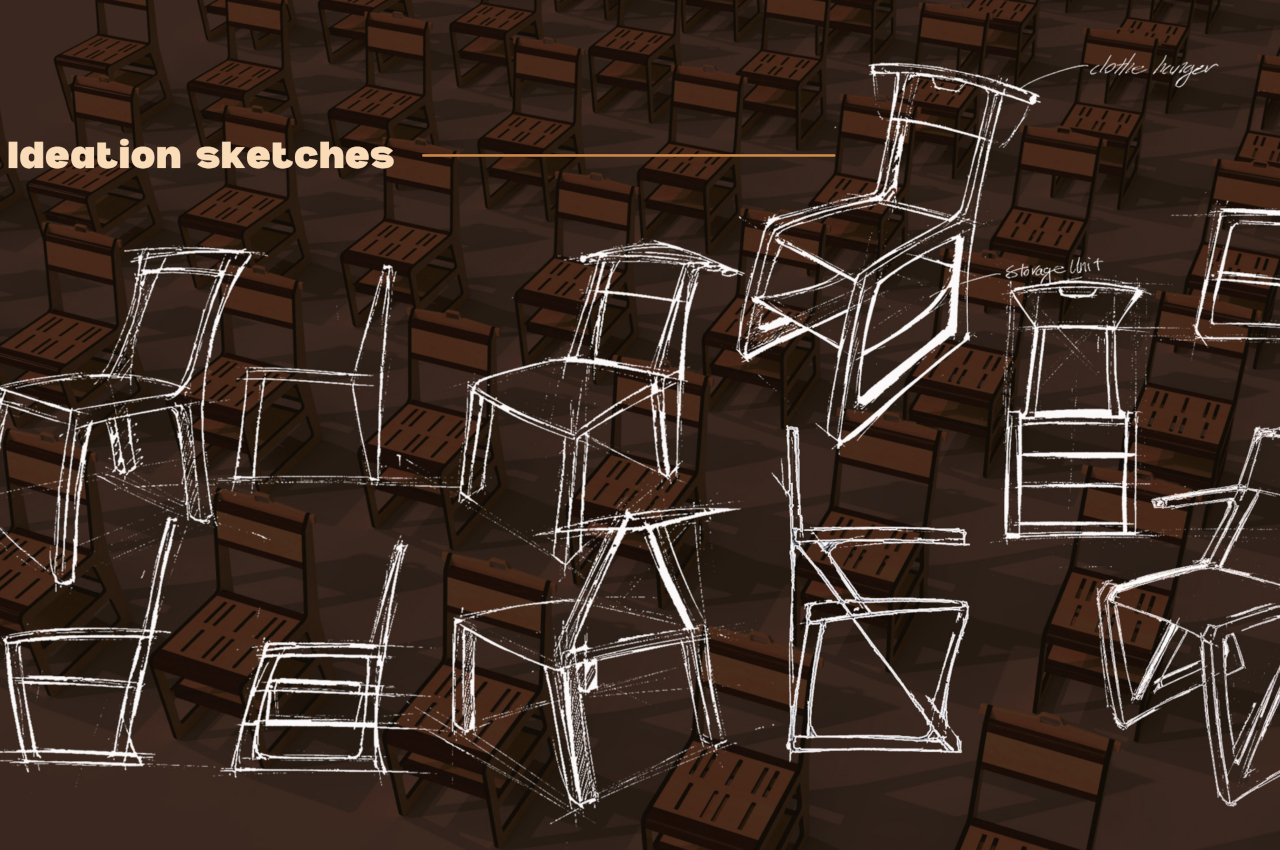
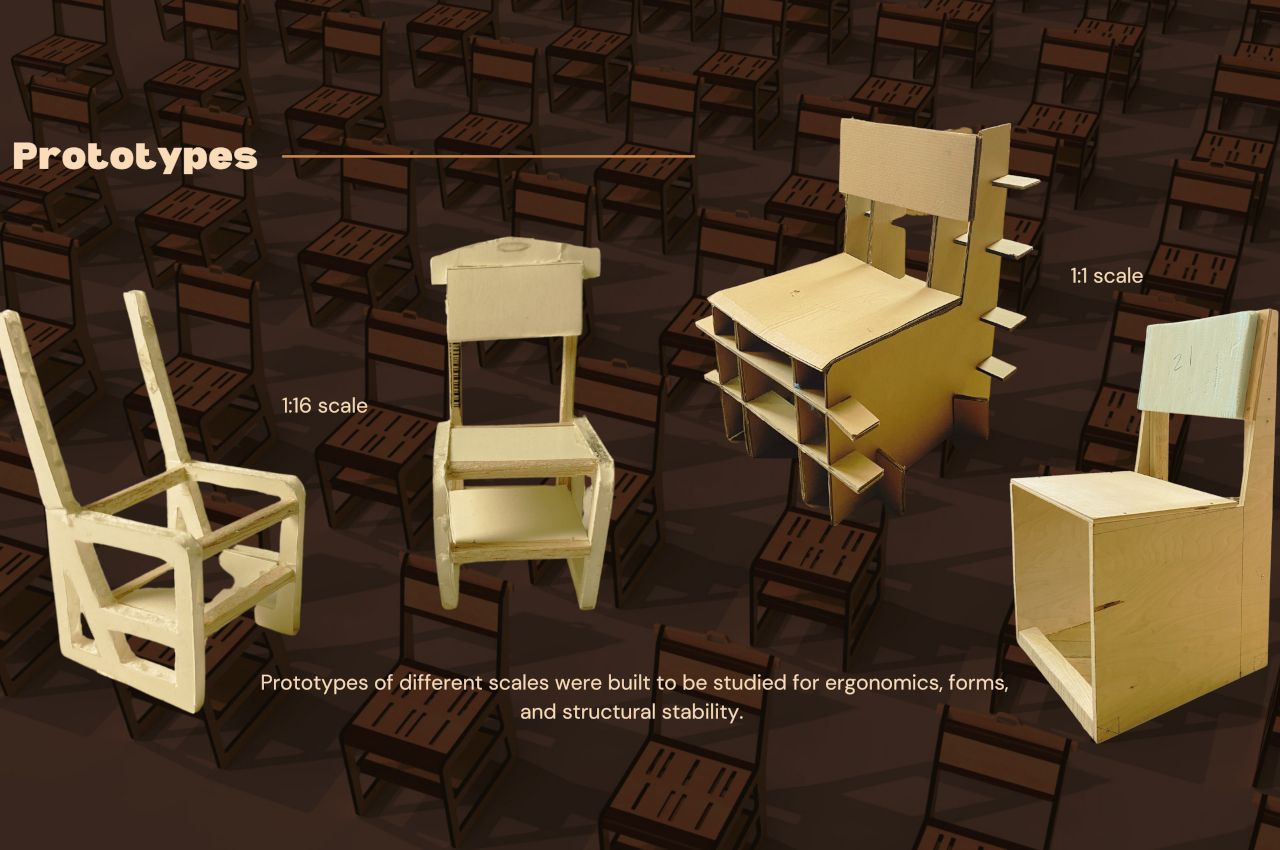
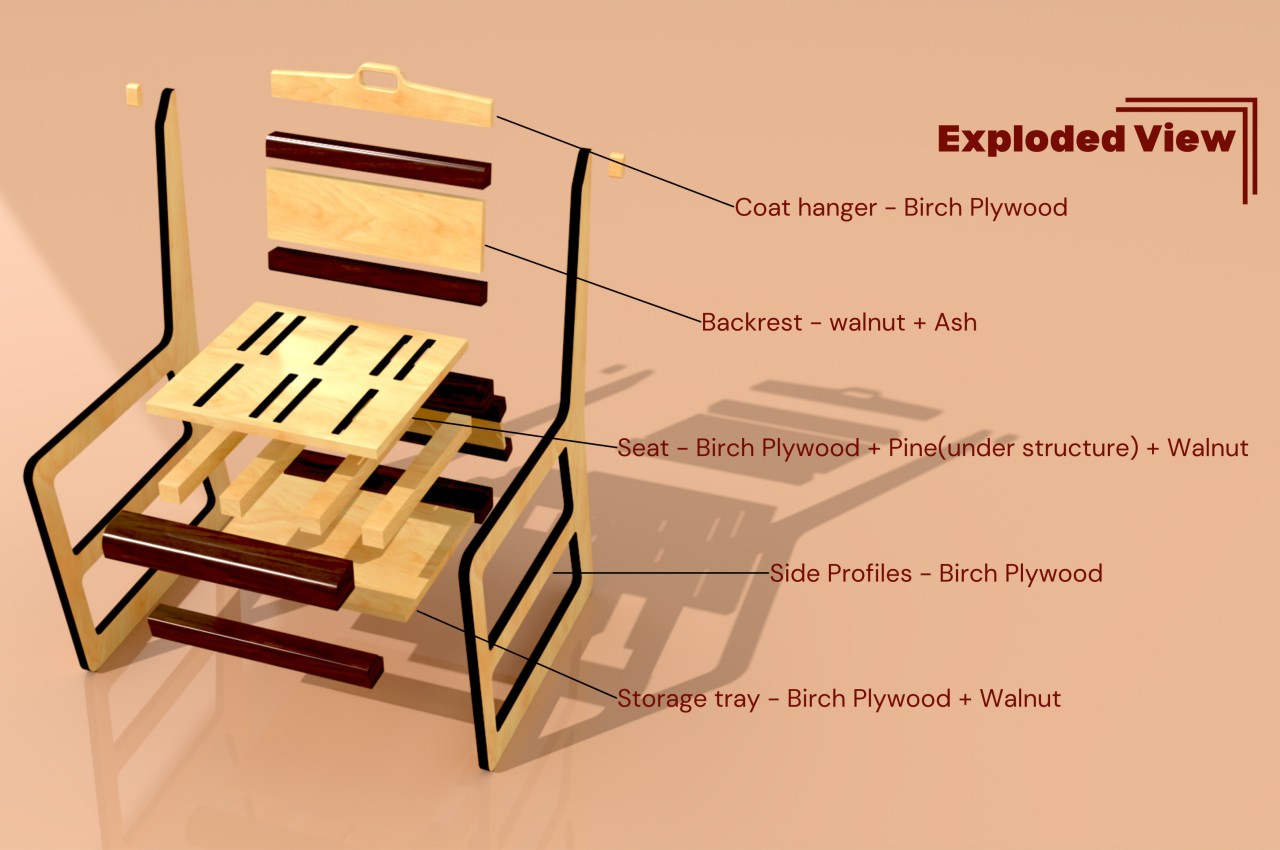
The RACK Chair design was conceptualized with fast-casual restaurants specifically in mind. While the chair might find some uses in other diner types as well, the aesthetics, materials, and features truly shine in this middle-ground of the catering industry. It’s made from a variety of wooden materials, including birch, pine, walnut, and ash, giving it a bit of style and fine character. At the same time, however, the minimalist design and flat-pack-friendly construction are ideal for mass production and use.
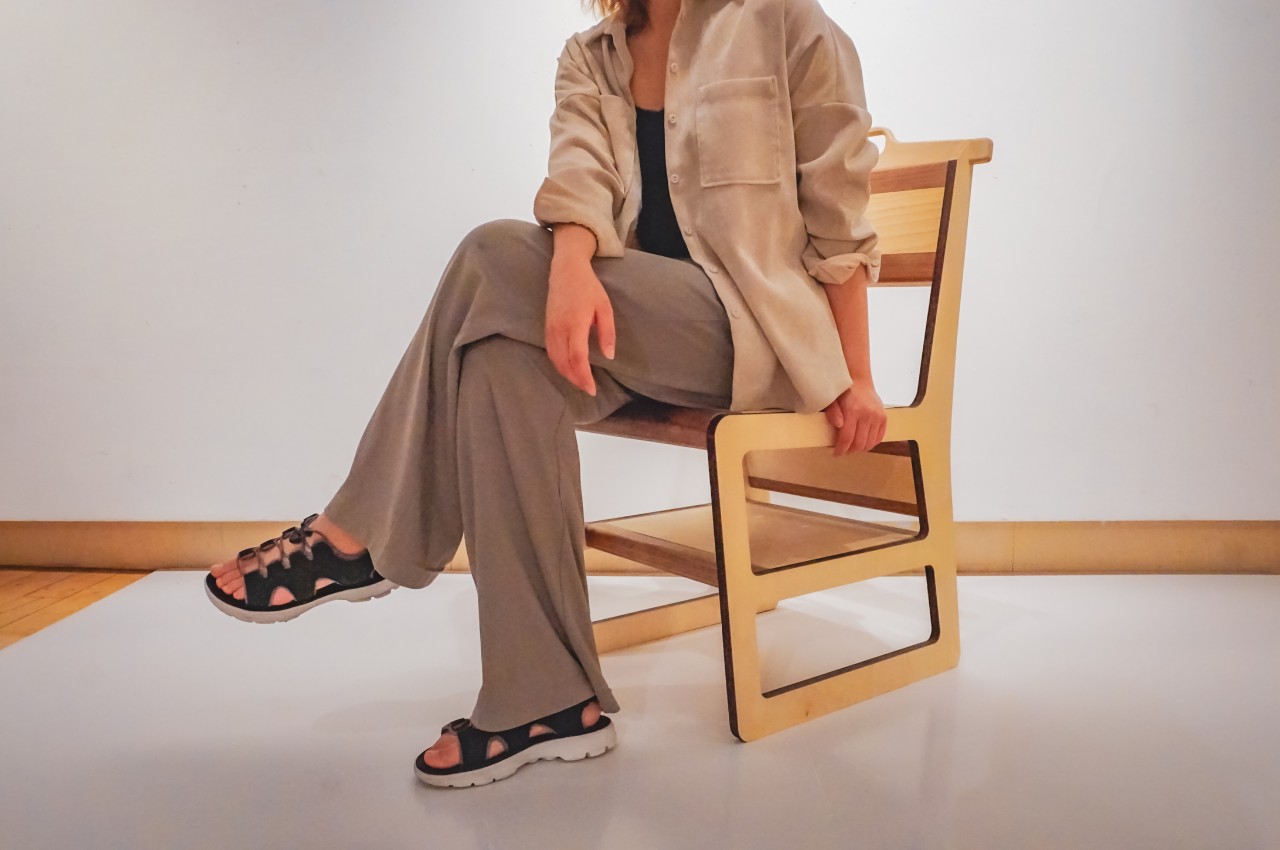
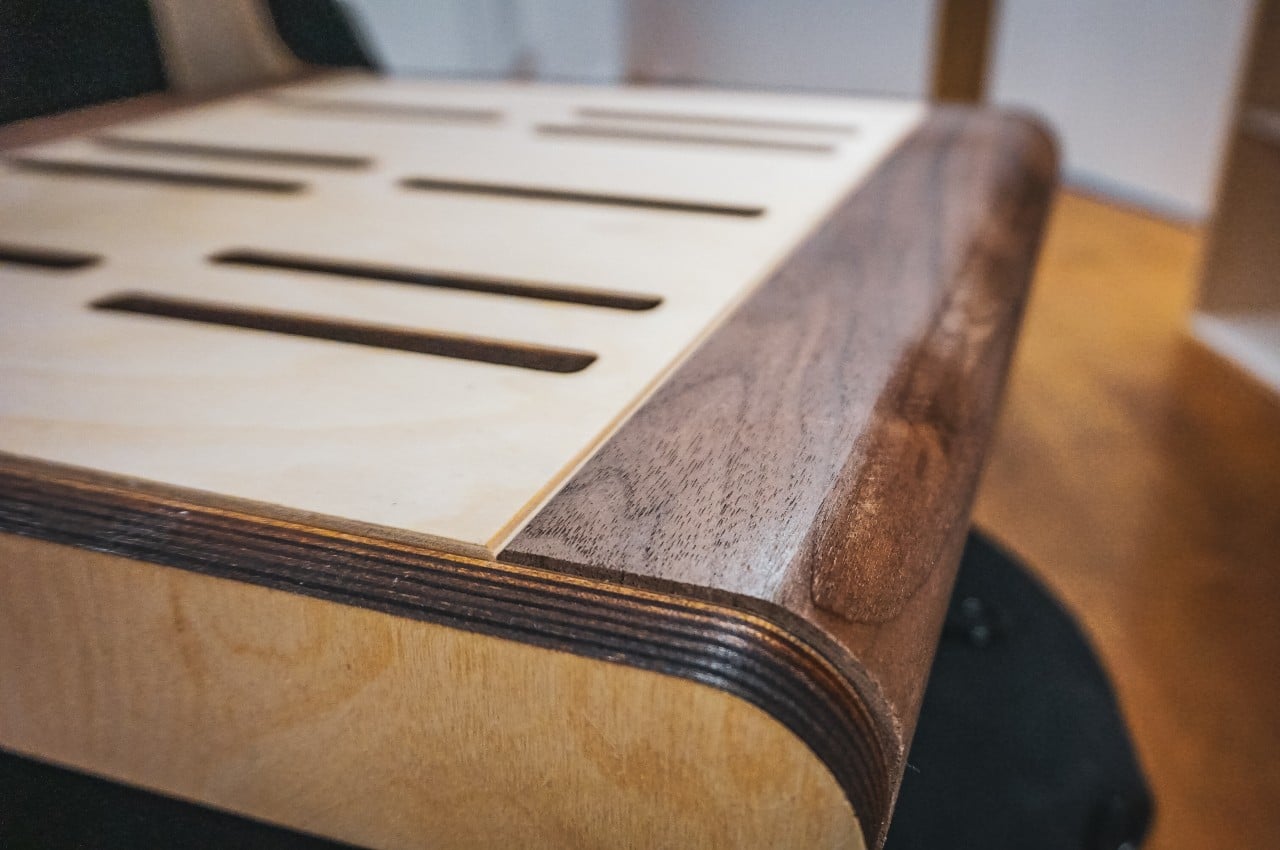
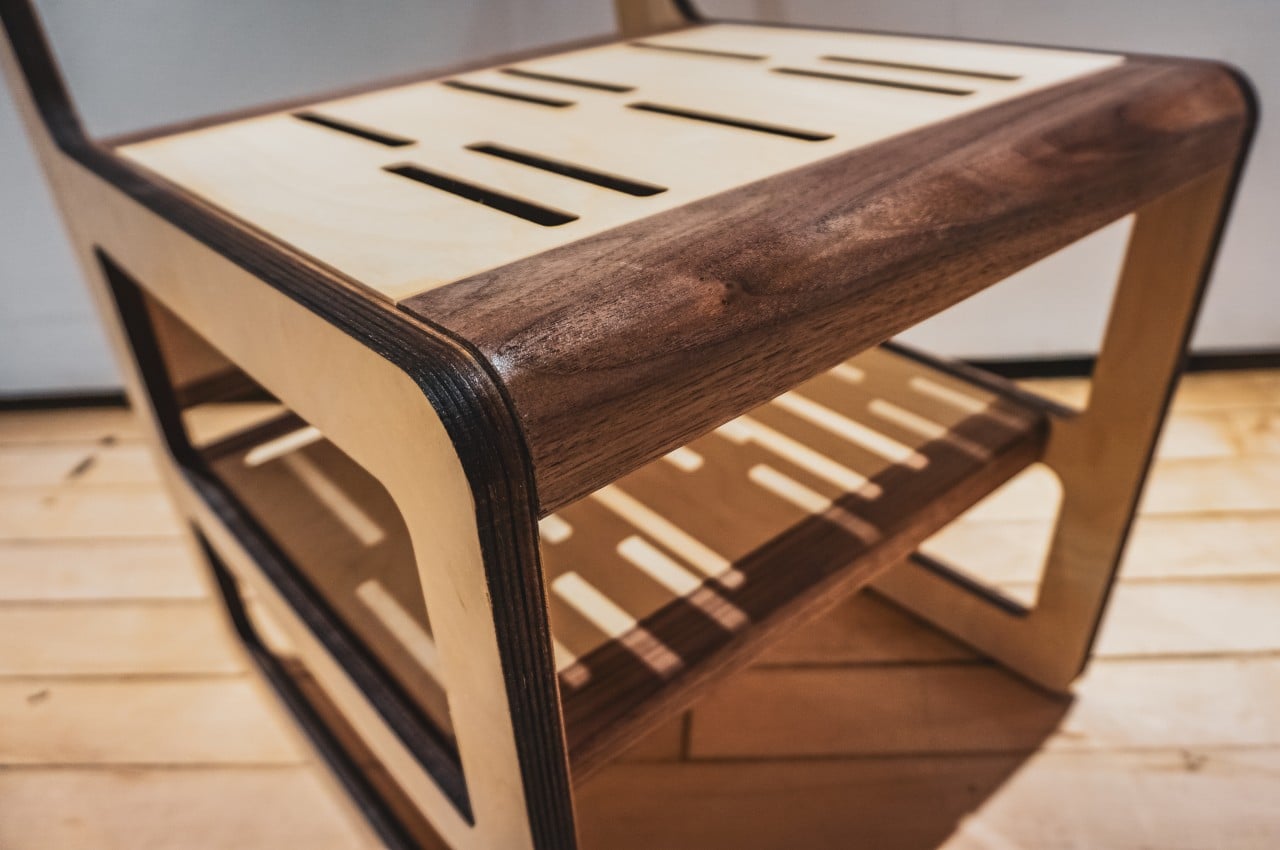
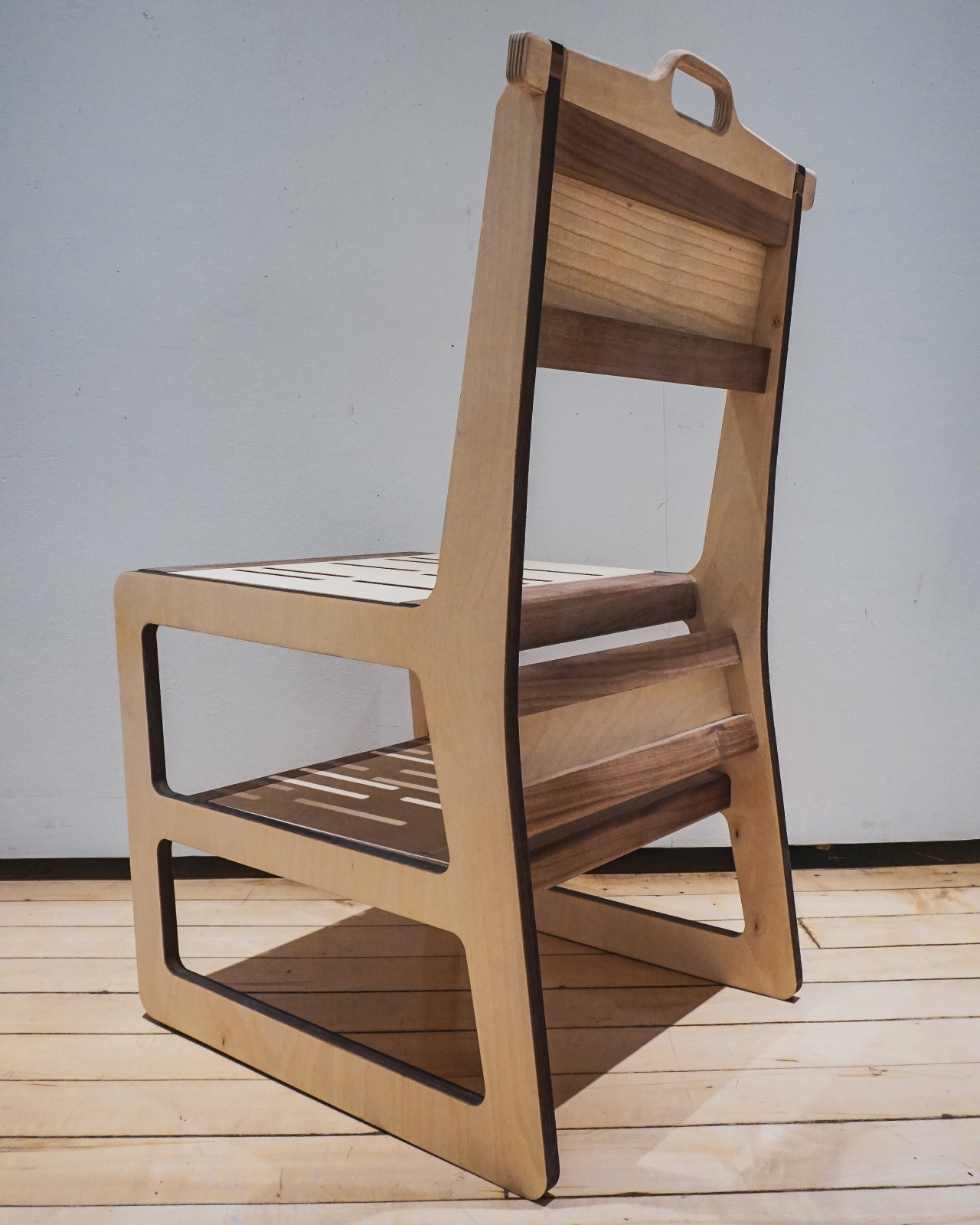
The real distinctive parts of the RACK chair are the integrated coat hanger on the backrest and the storage tray under the seat. While it’s certainly possible to drape coats, jackets, and other clothing over the back of most chairs, they also have a tendency to slip off, sometimes unbeknownst to the owner. The tray offers a secure space to put in purses, document folios, and small bags for each reach, while also blocking unauthorized access from behind.
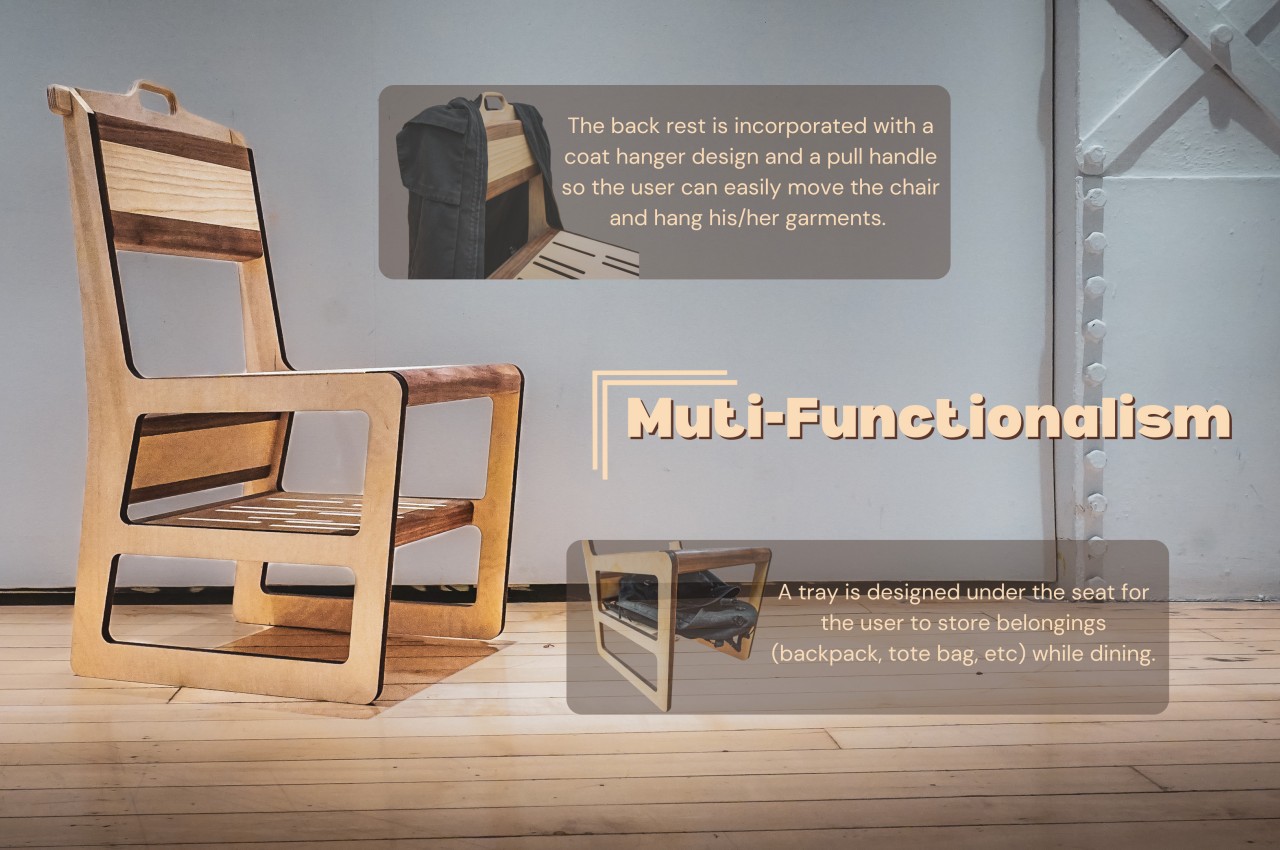
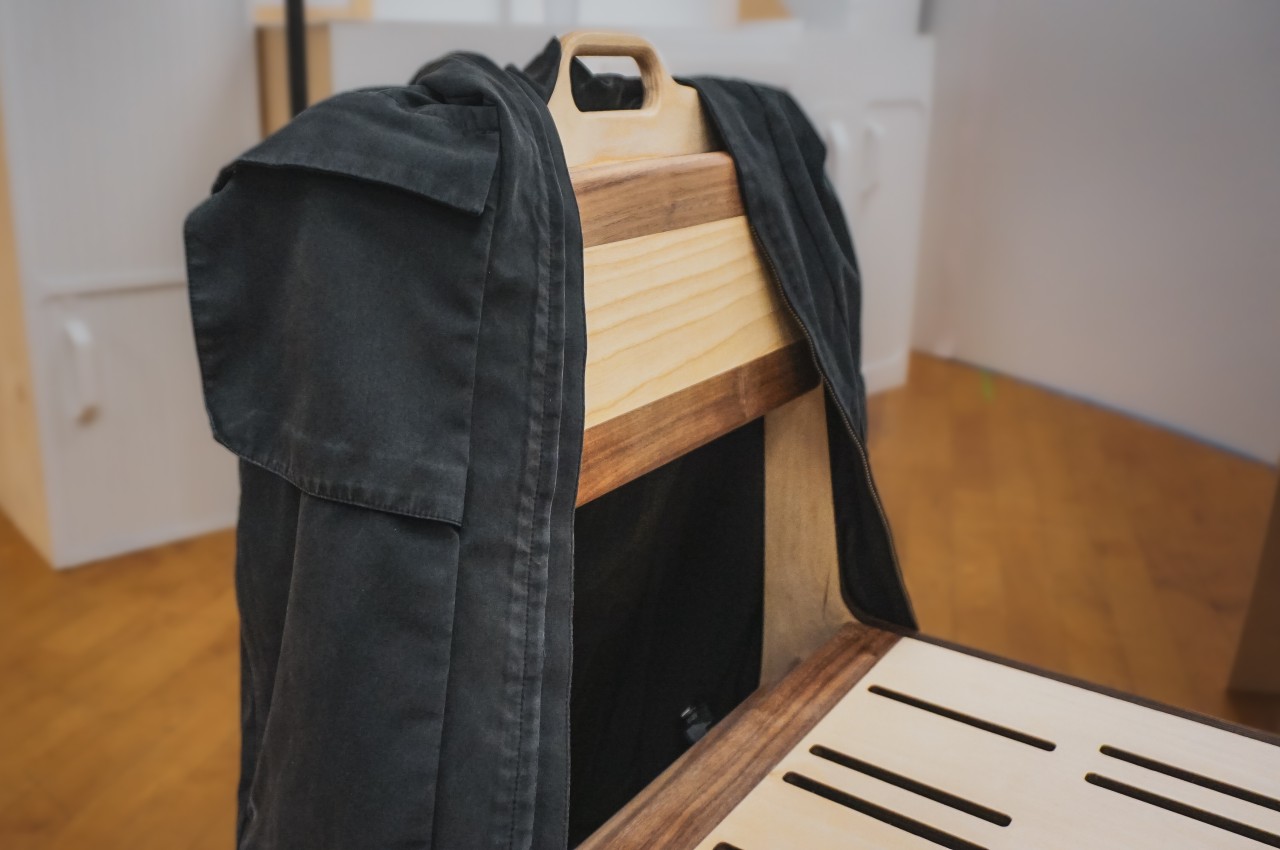
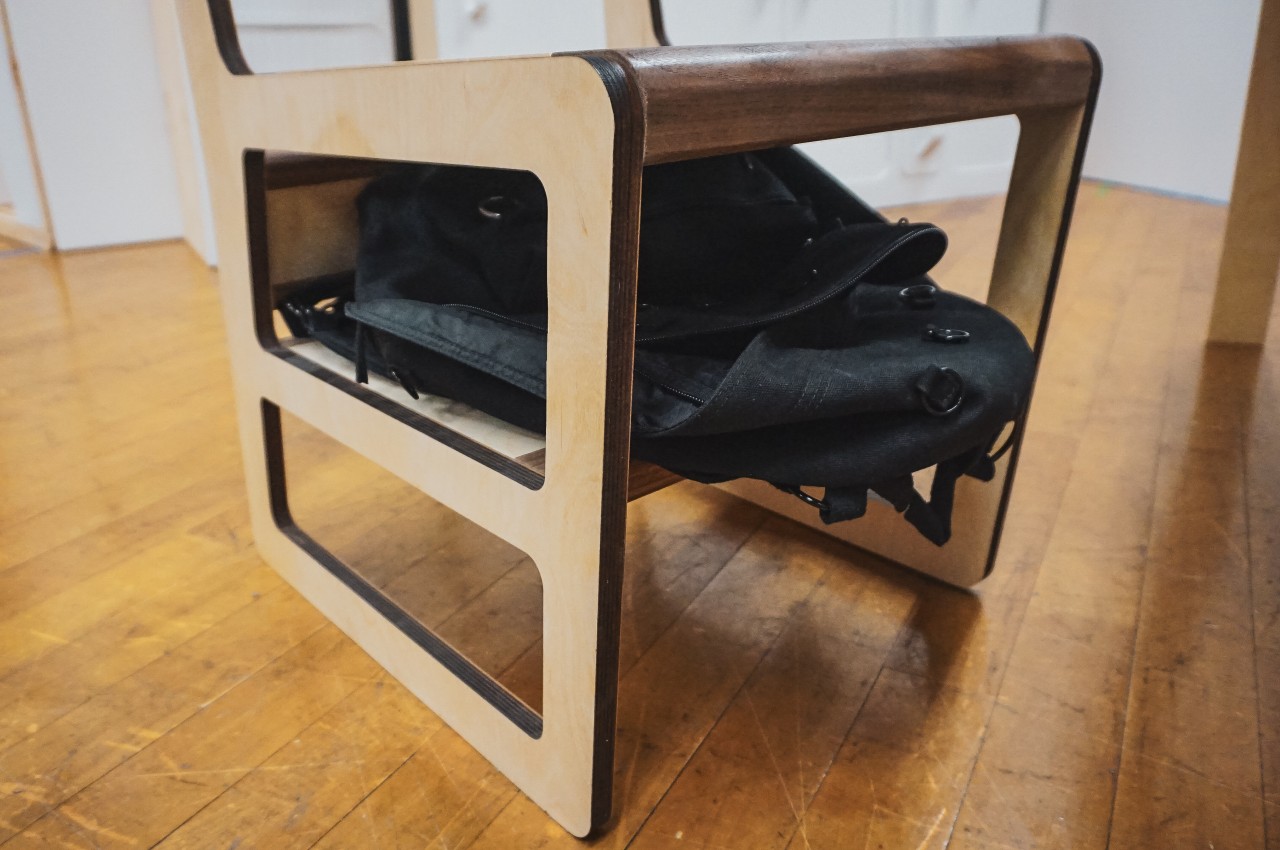
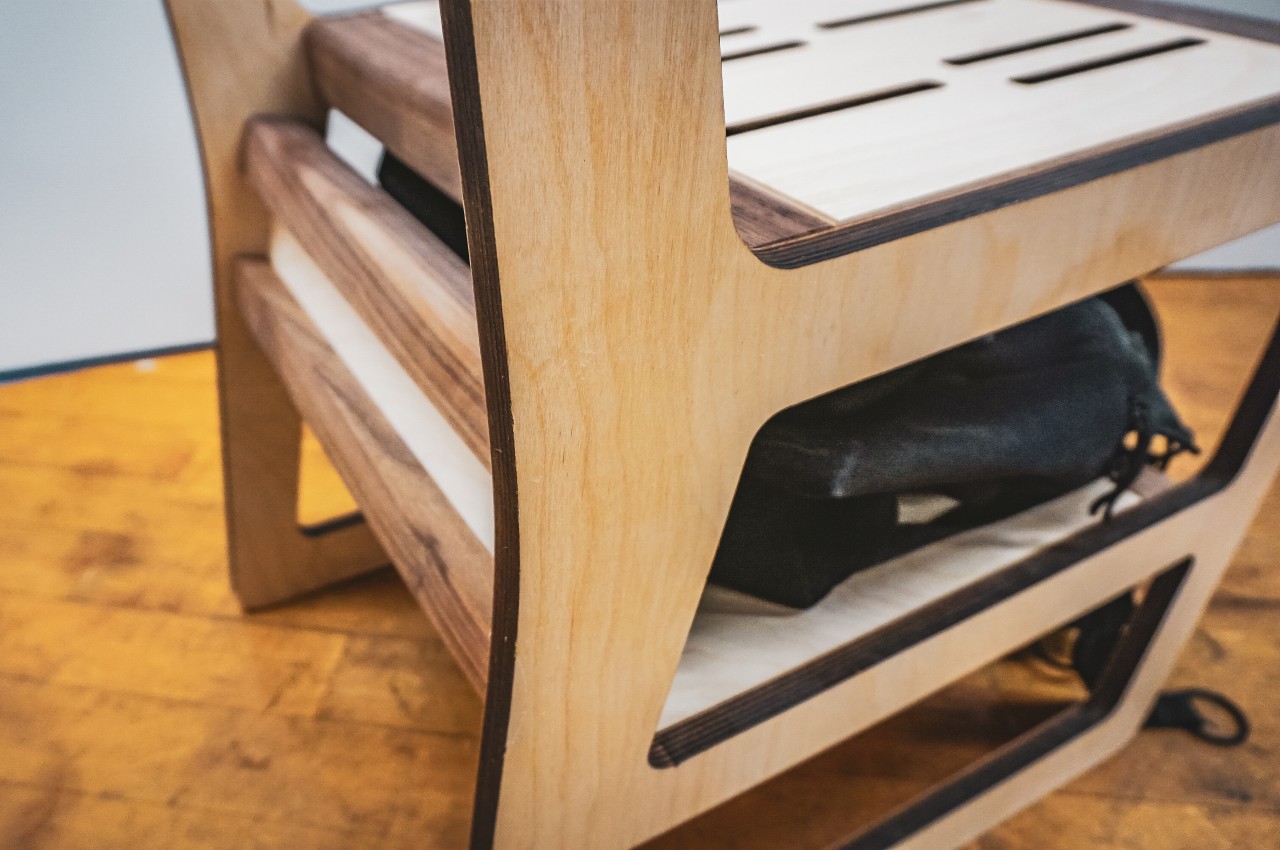
Some might downplay the impact that these two simple features can bring, but knowing that there will always be a place for your jacket, coat, bags, and things adds tremendous peace of mind and convenience. That in turn, will surely make the experience and location memorable, increasing the likelihood that you’ll be a repeat customer. After all, the last thing you need is to stress over your stuff when all you really want is to enjoy an affordable and delicious meal.
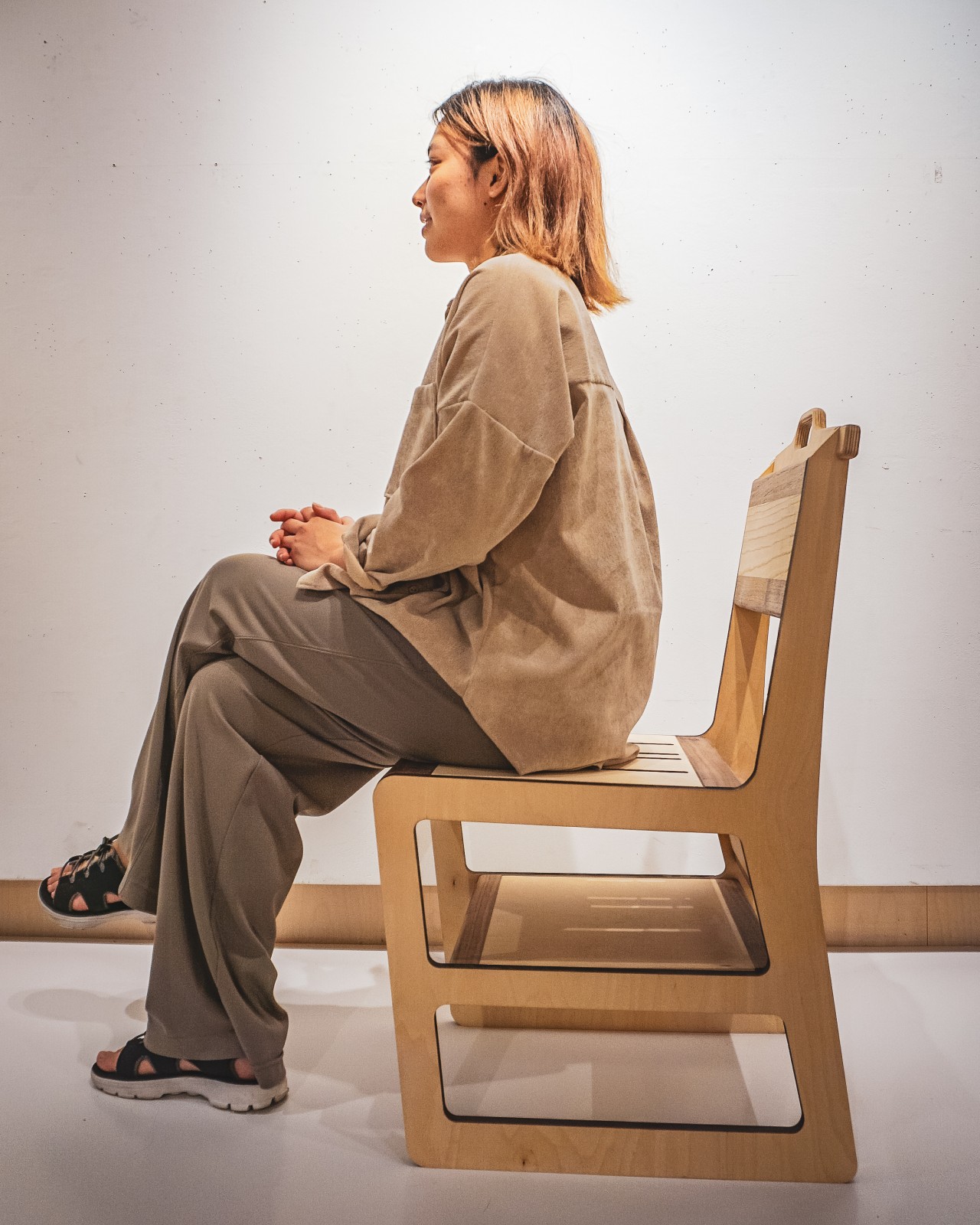
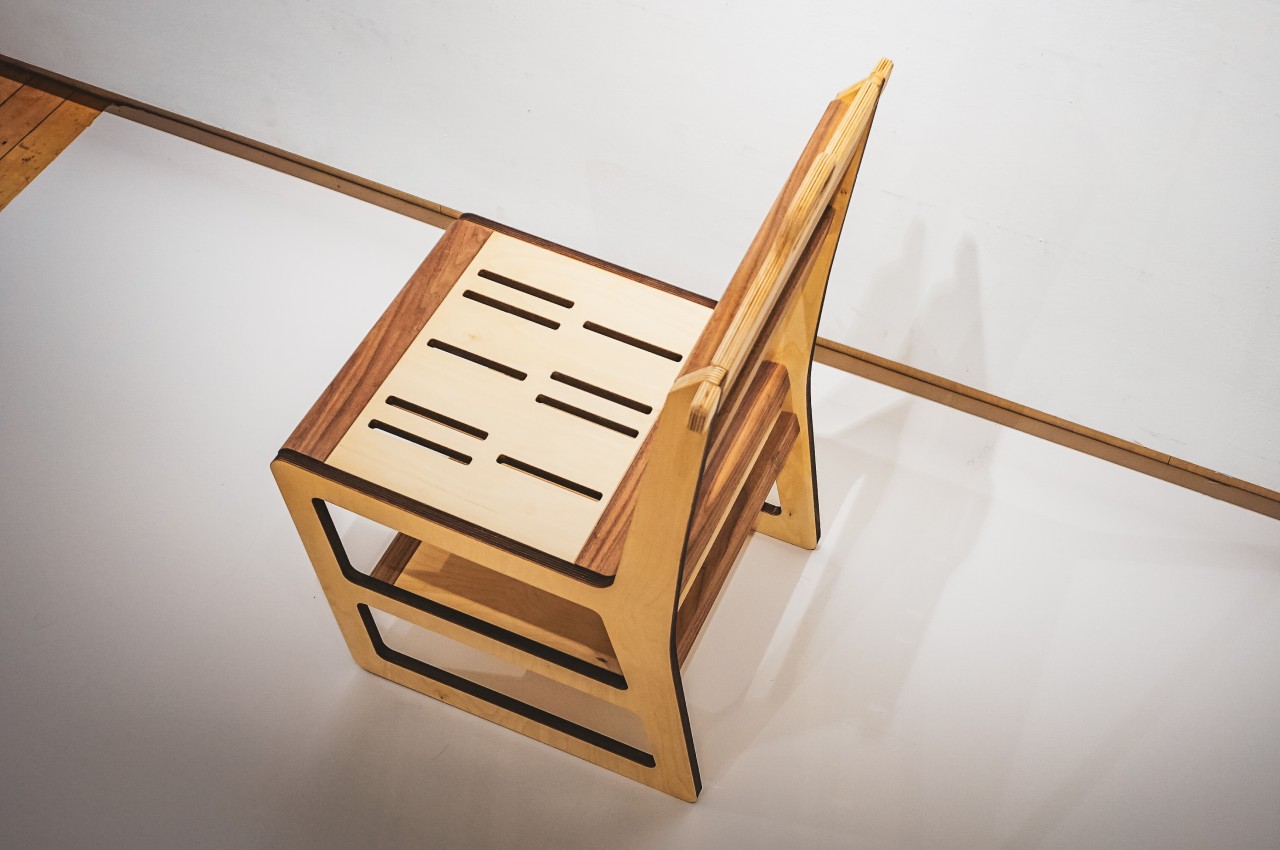
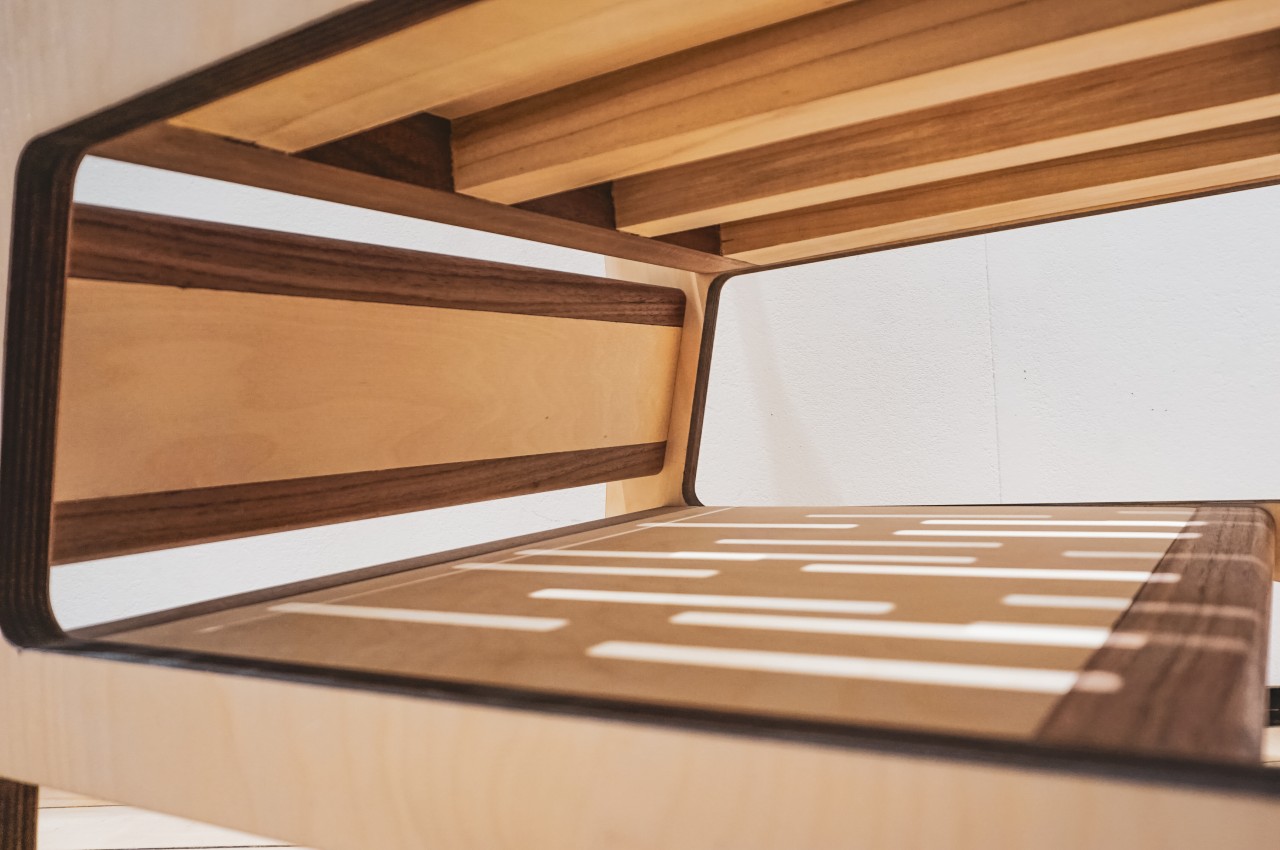

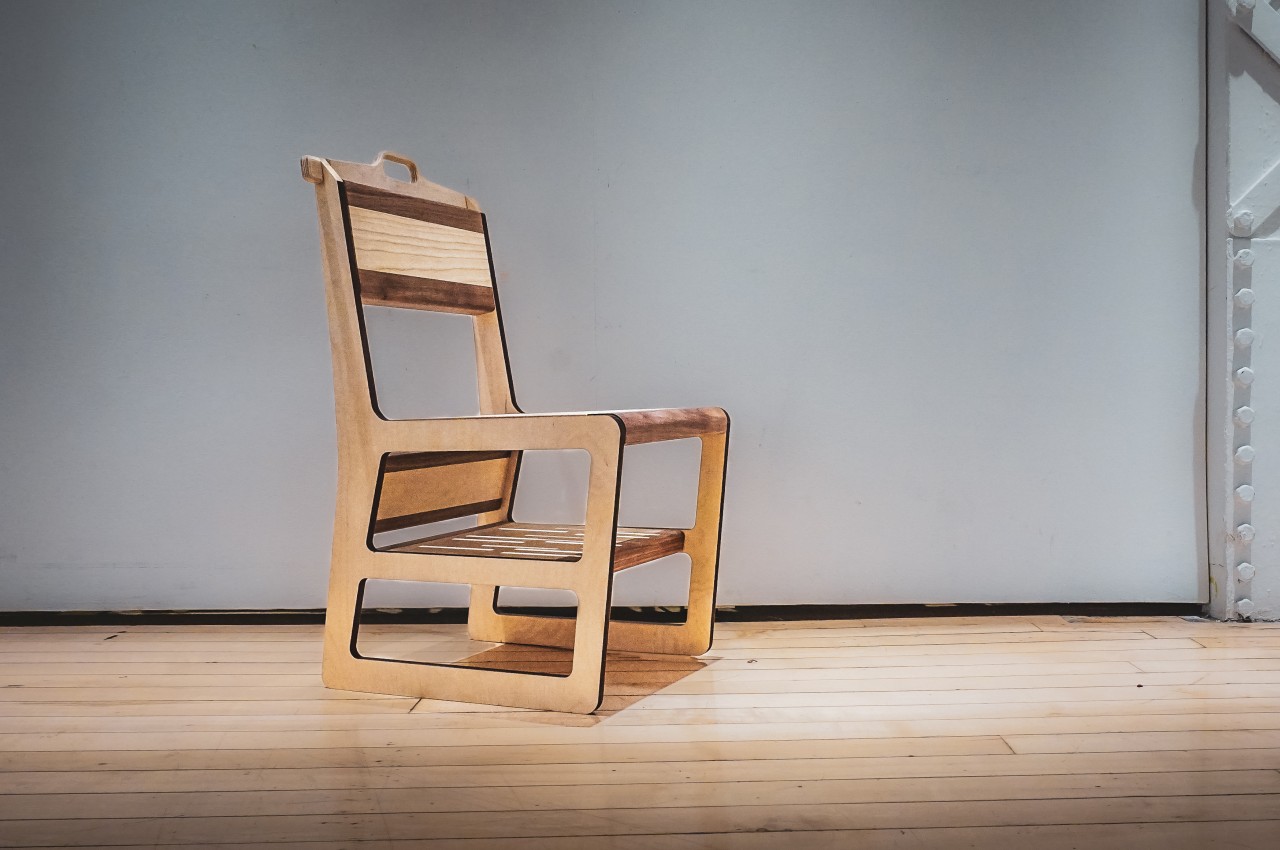
The post This chair concept for fast-casual restaurants comes with a coat hanger and bag tray first appeared on Yanko Design.
